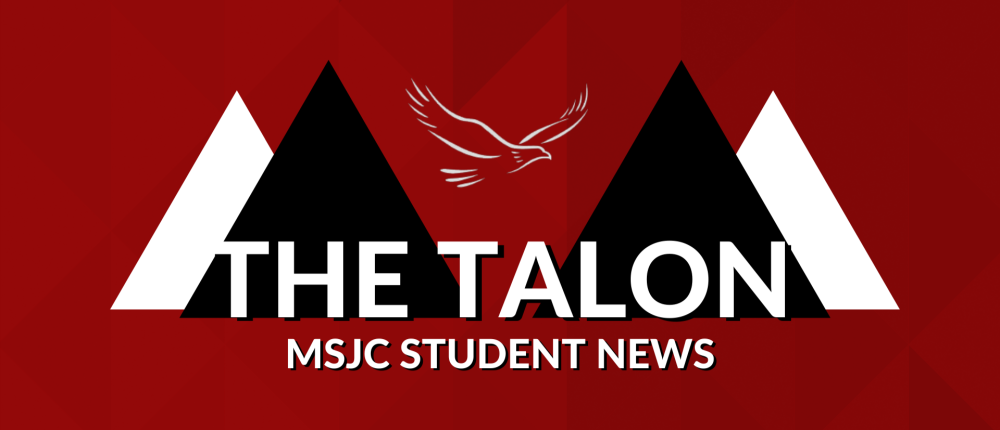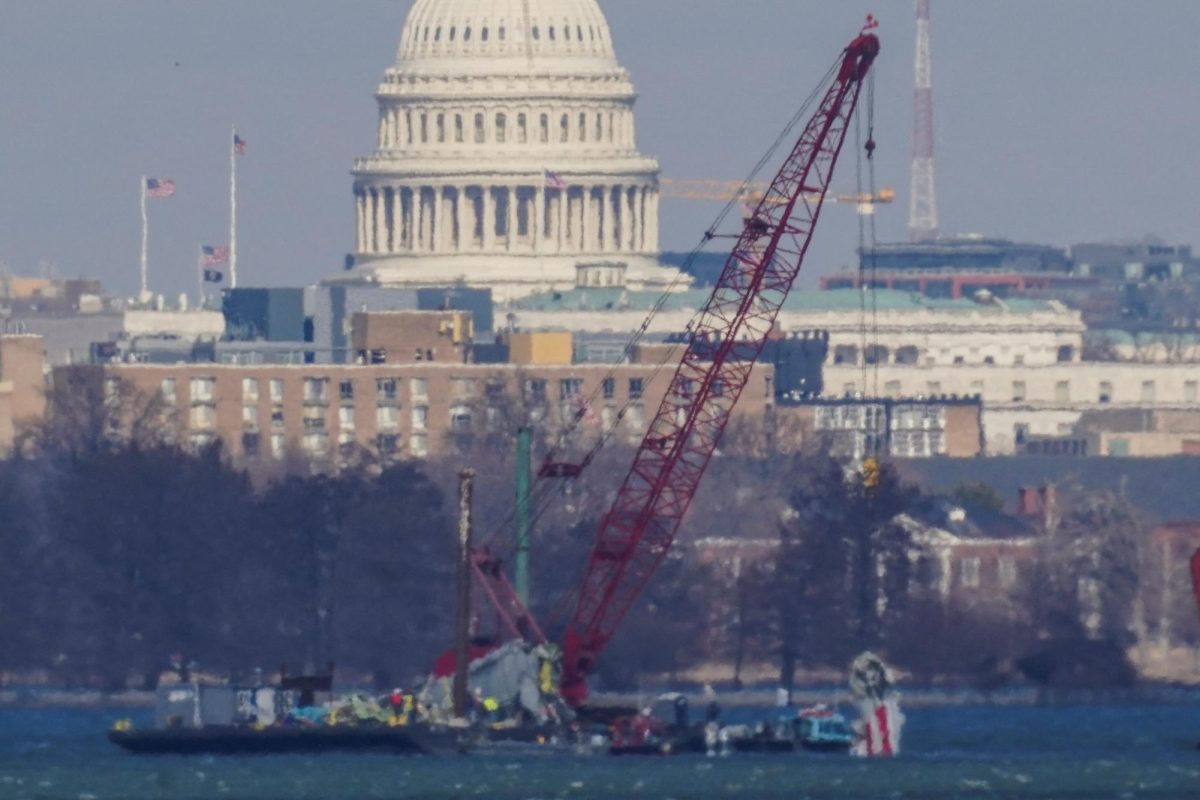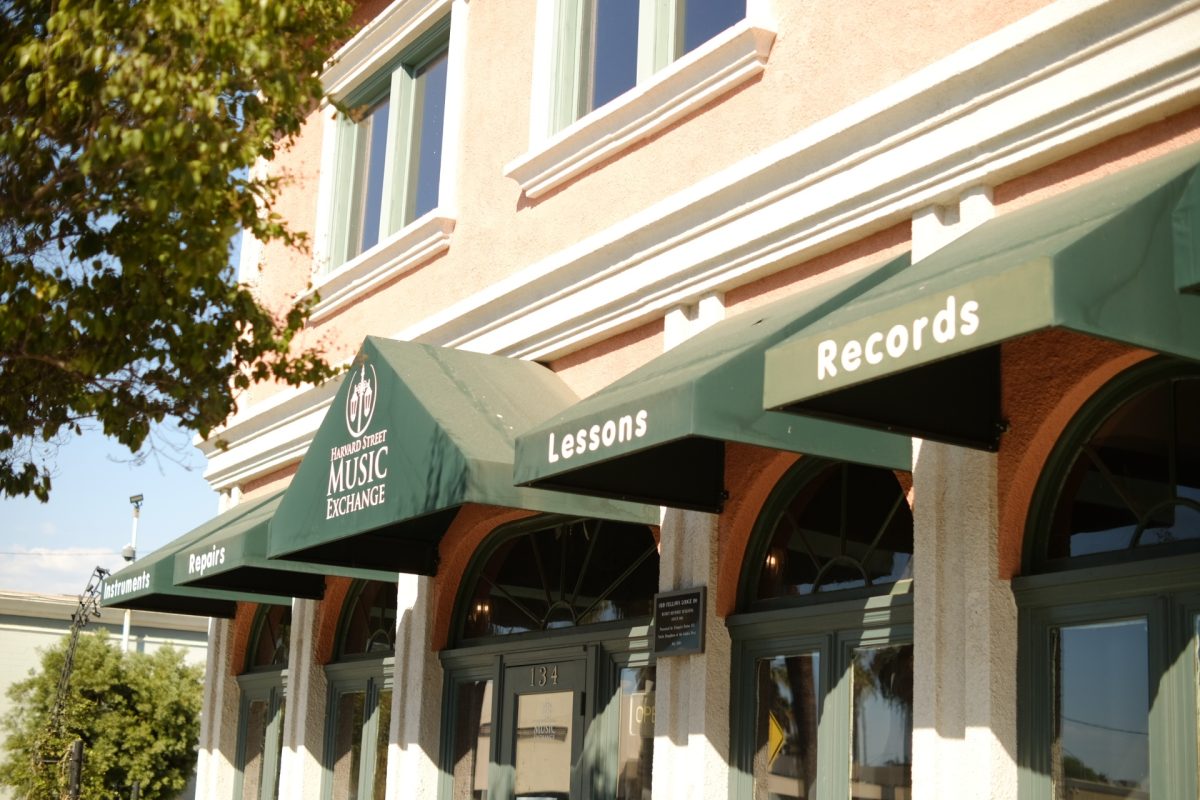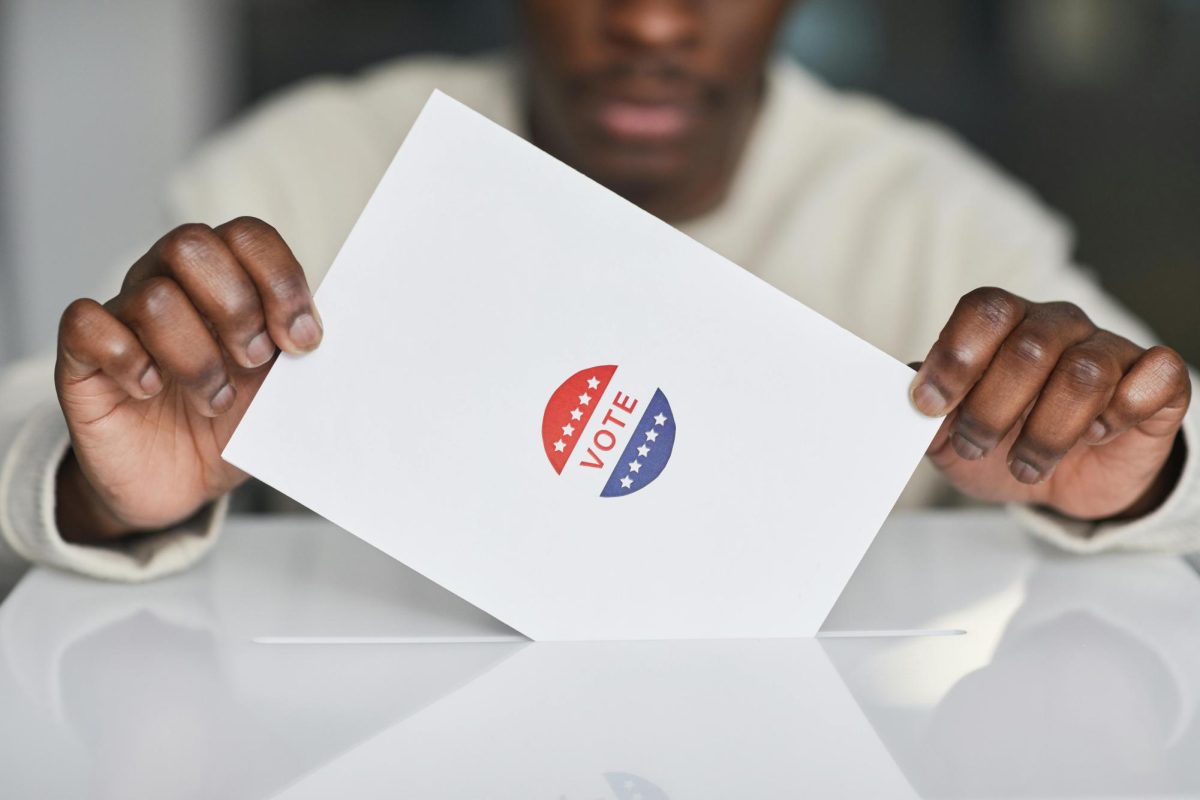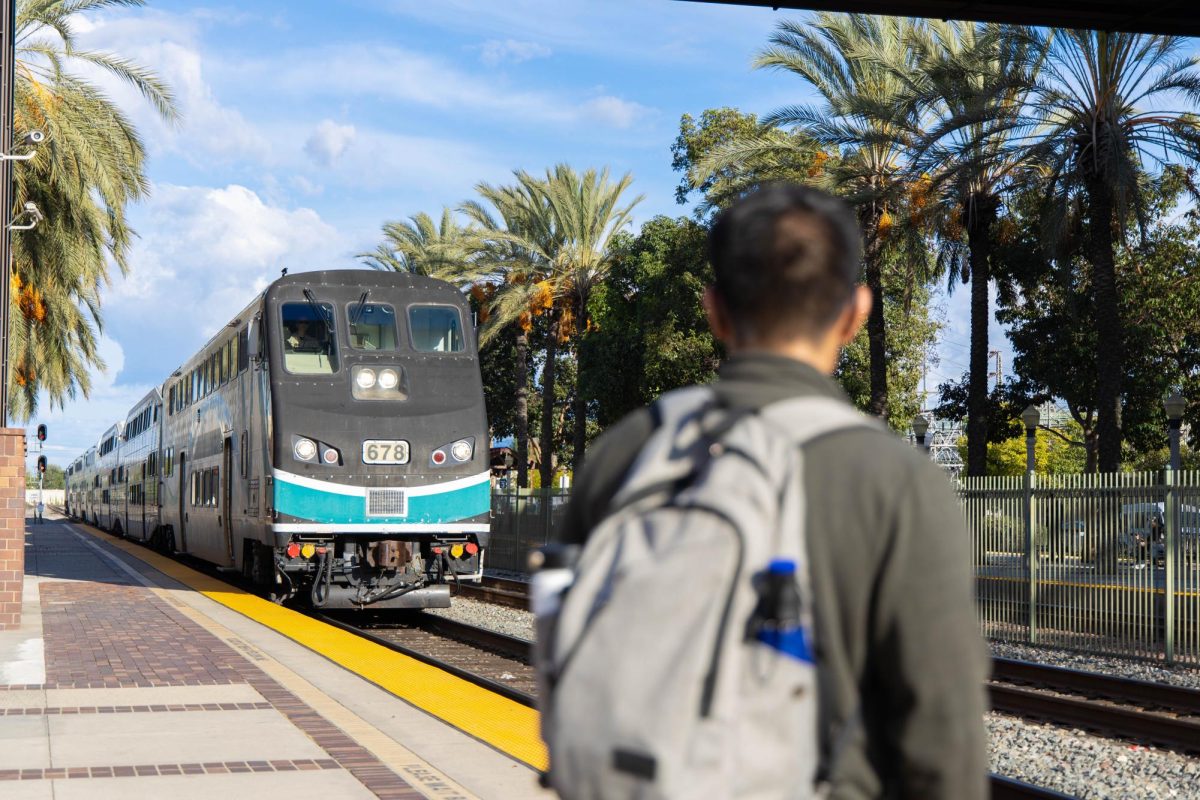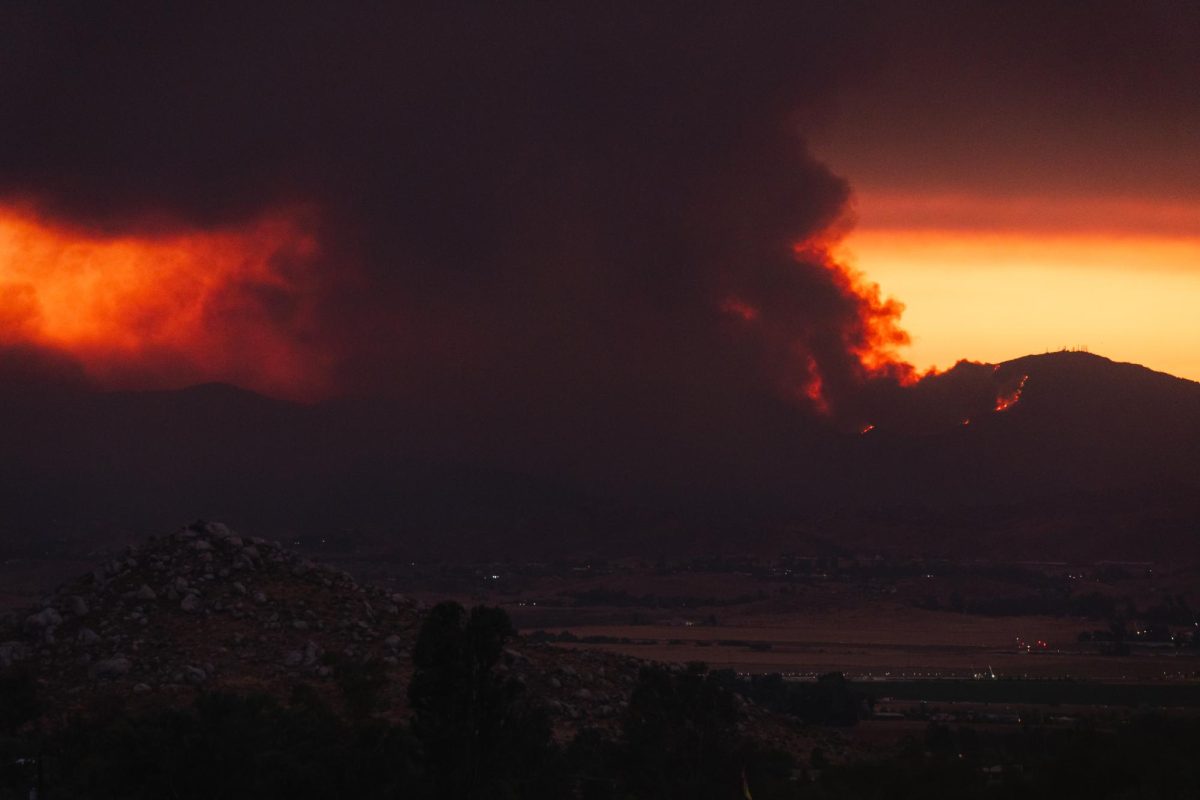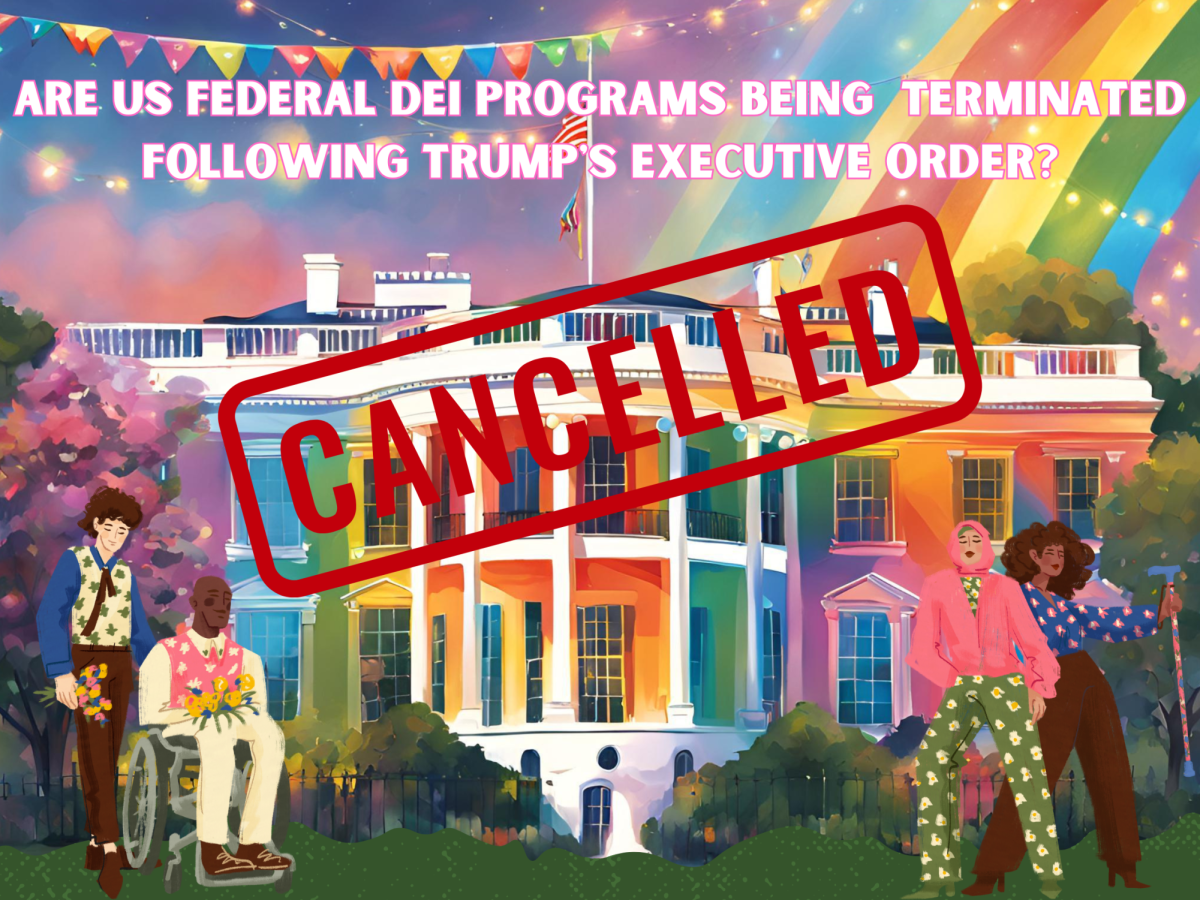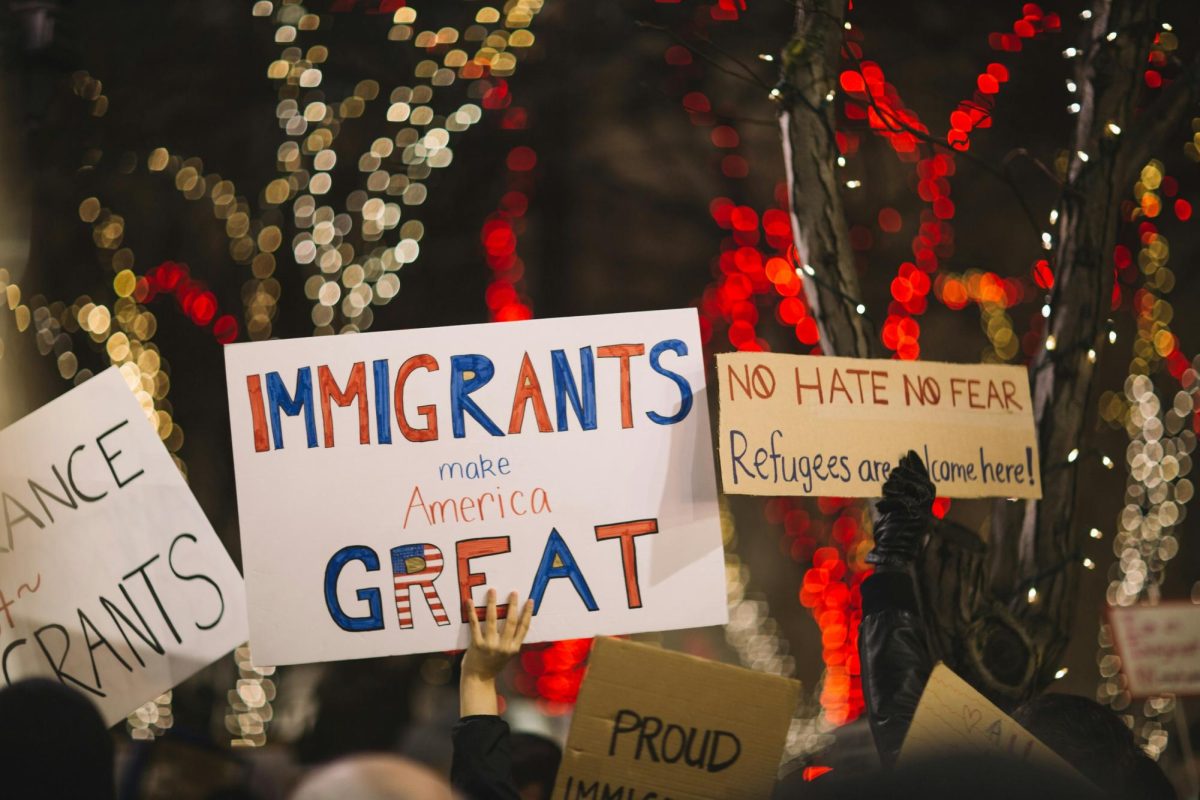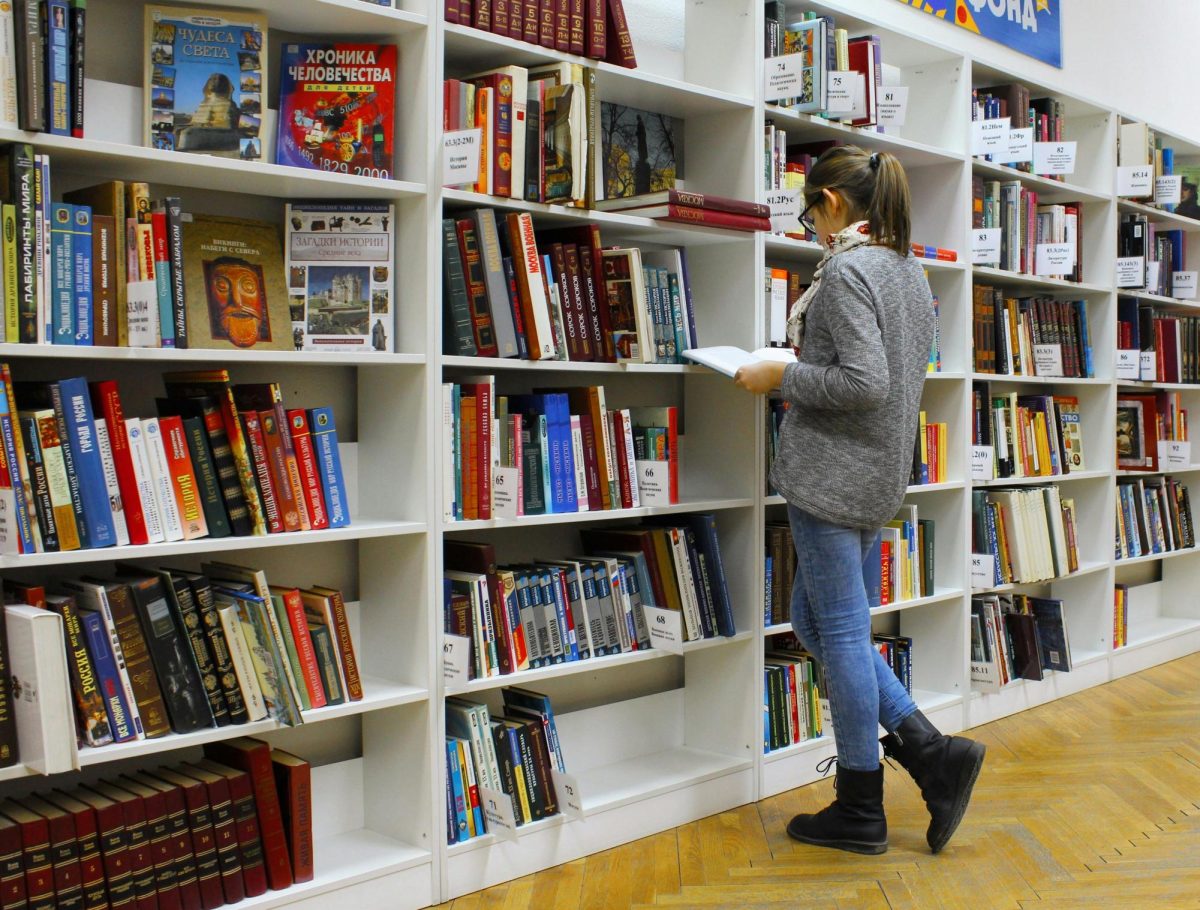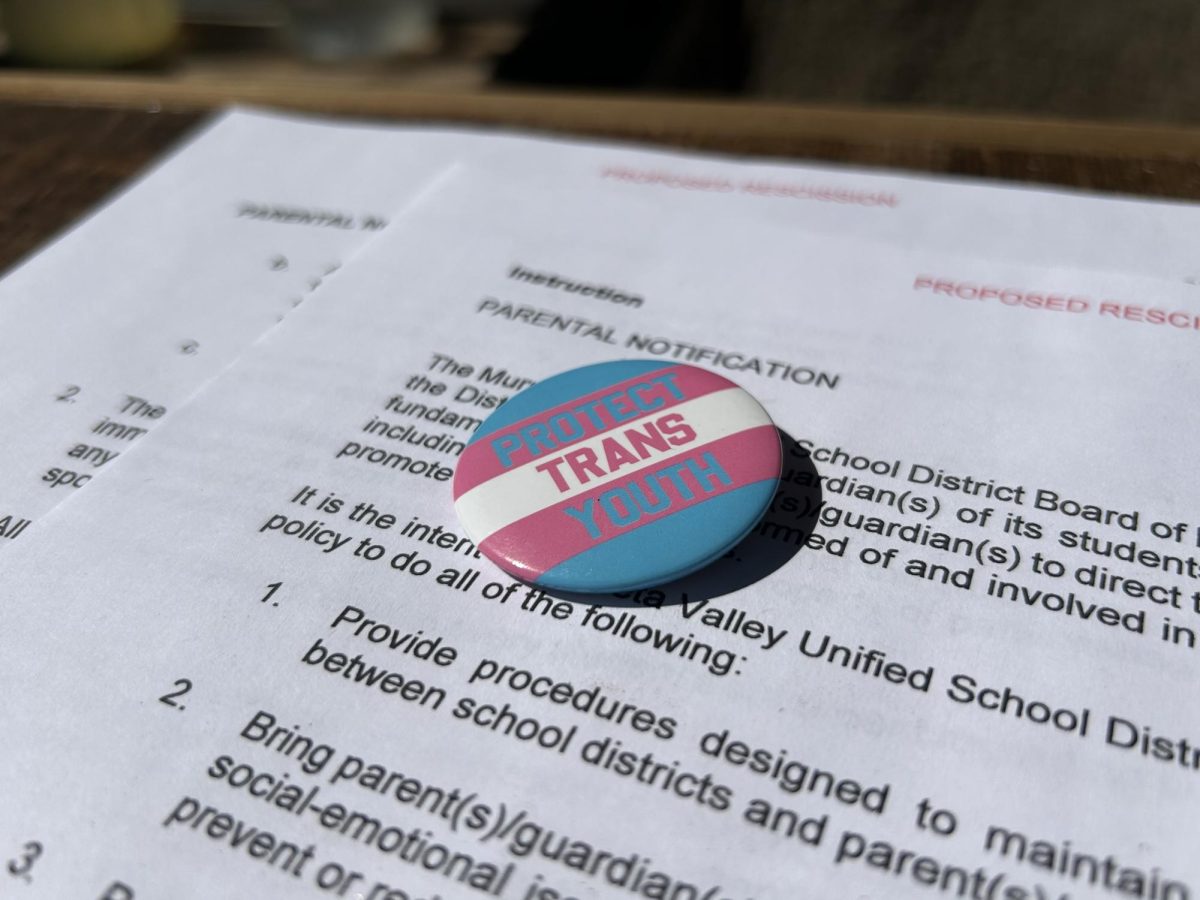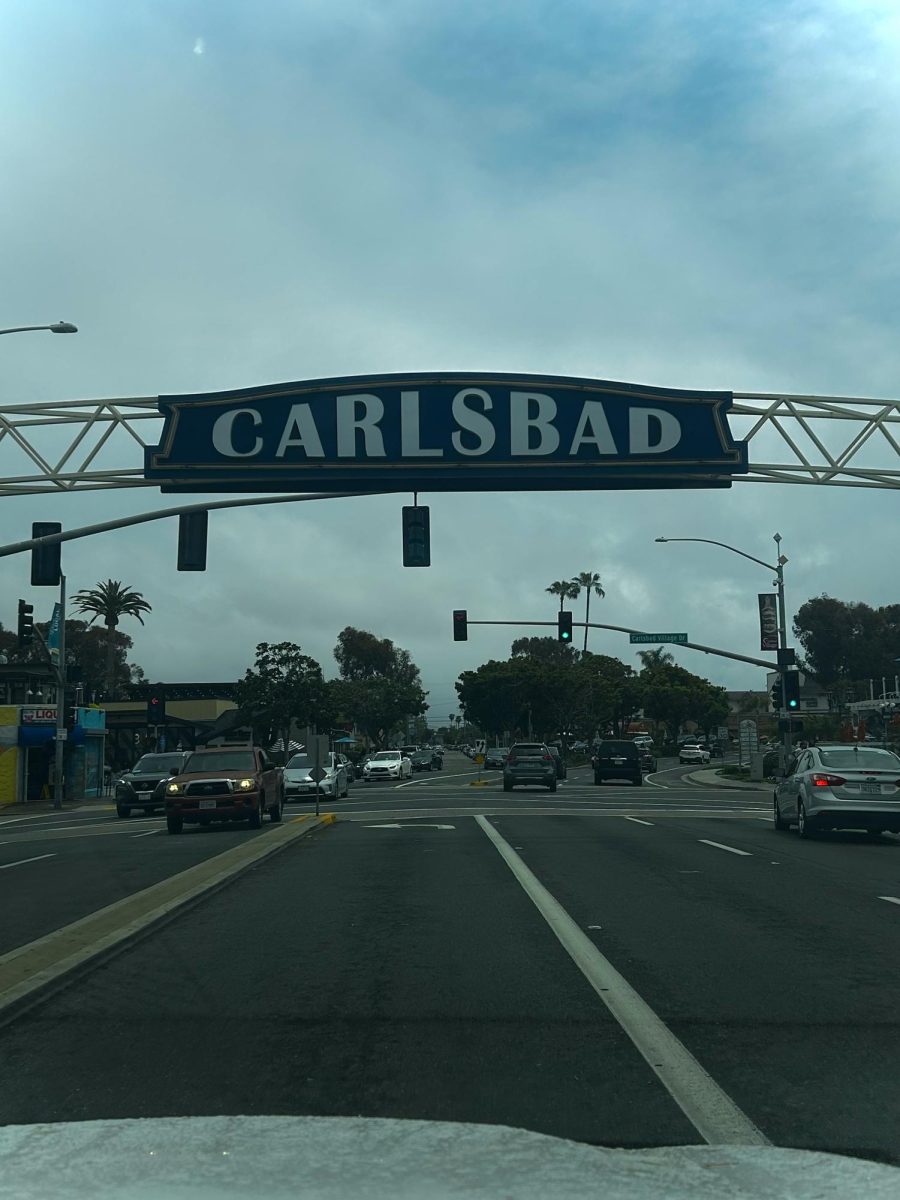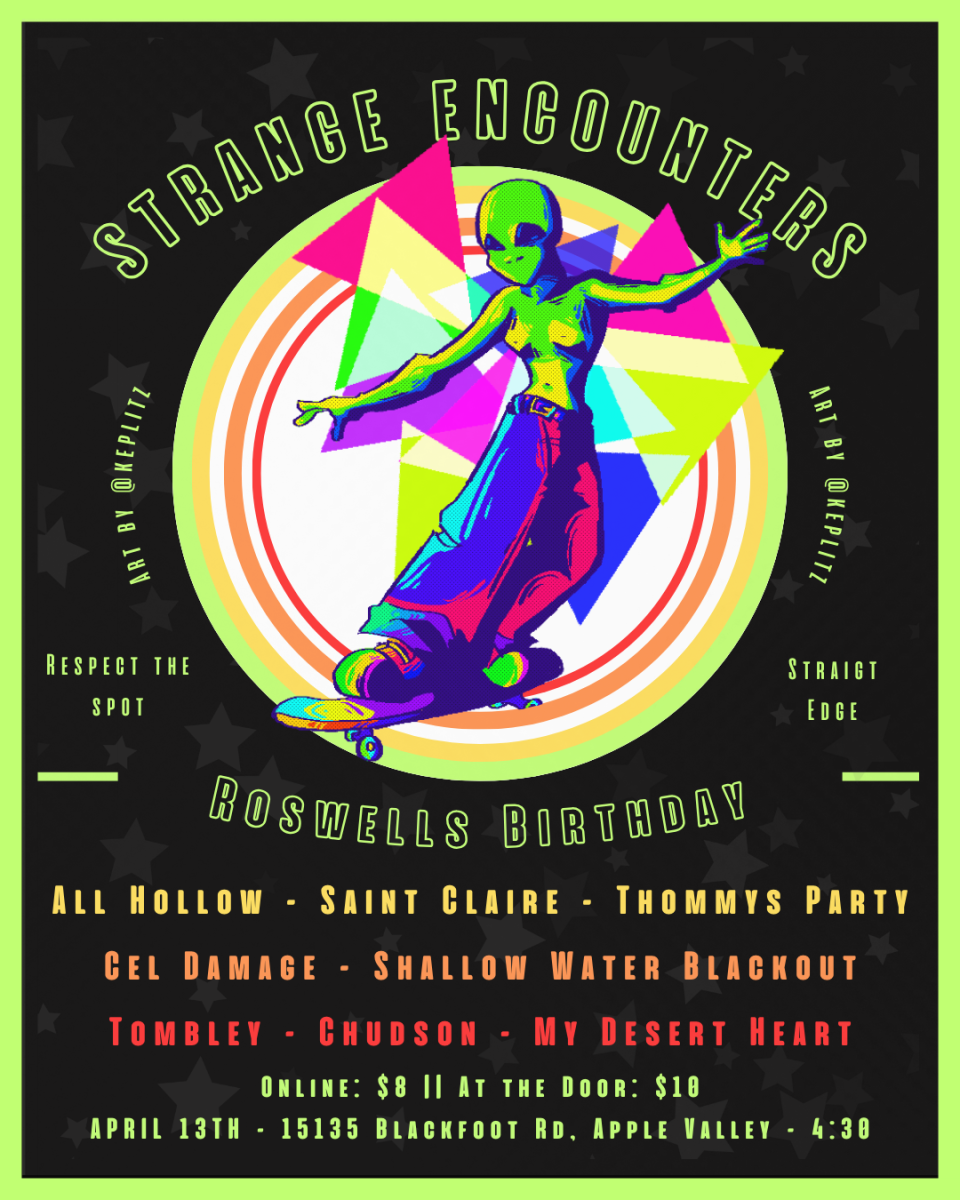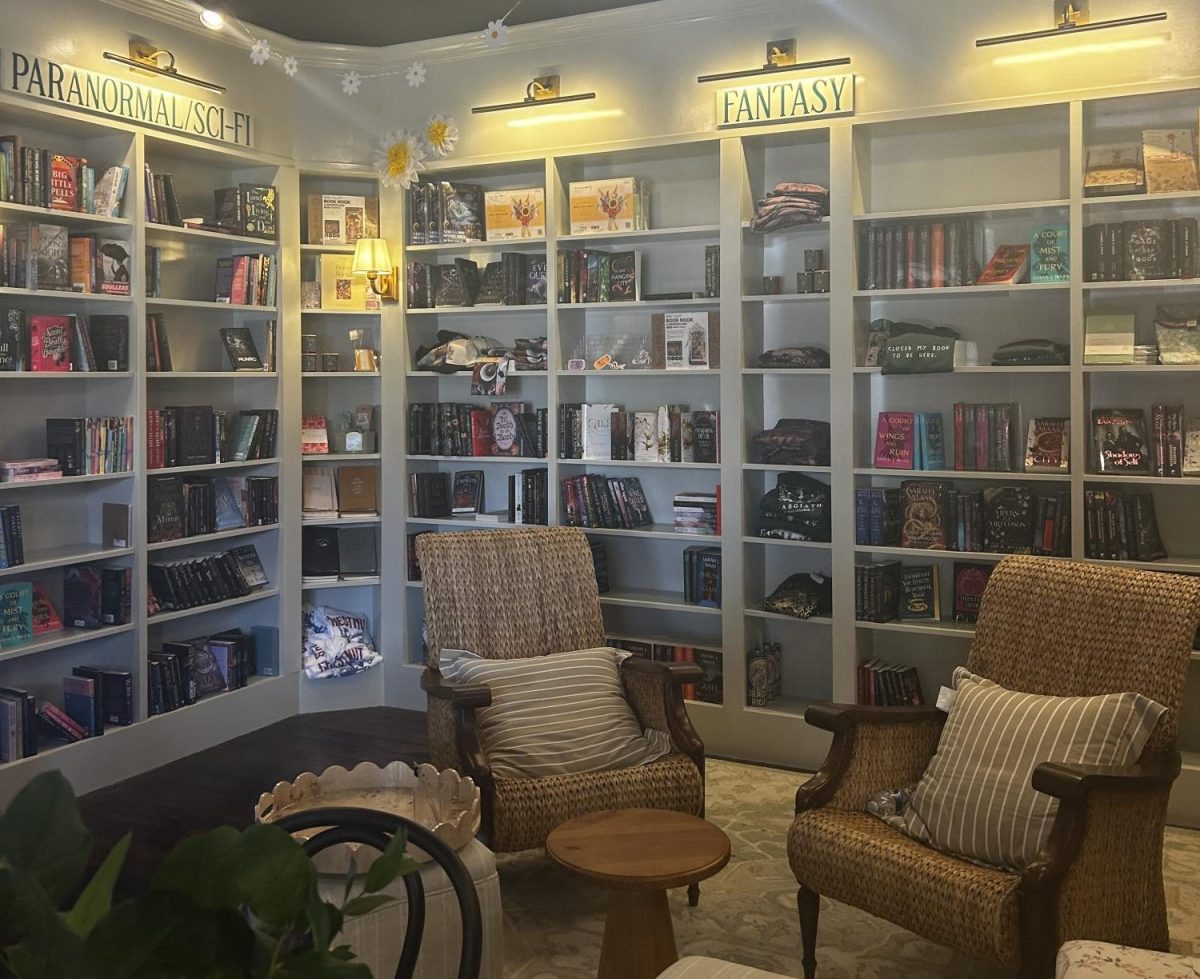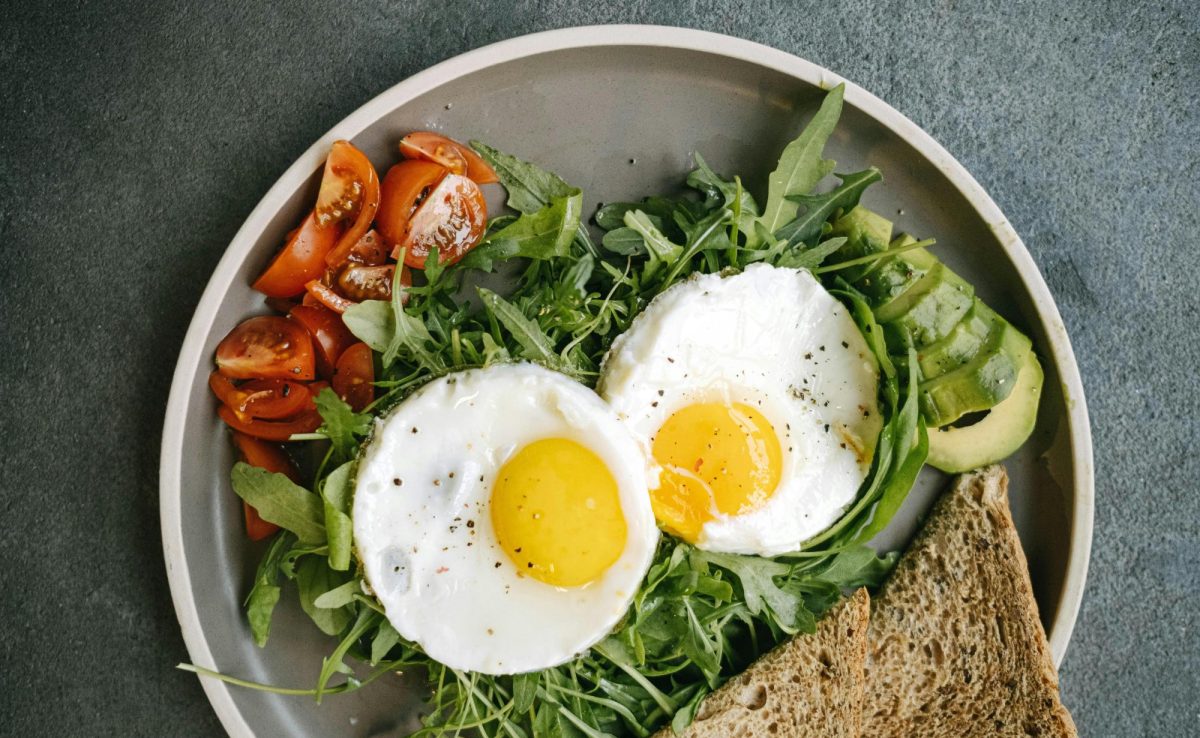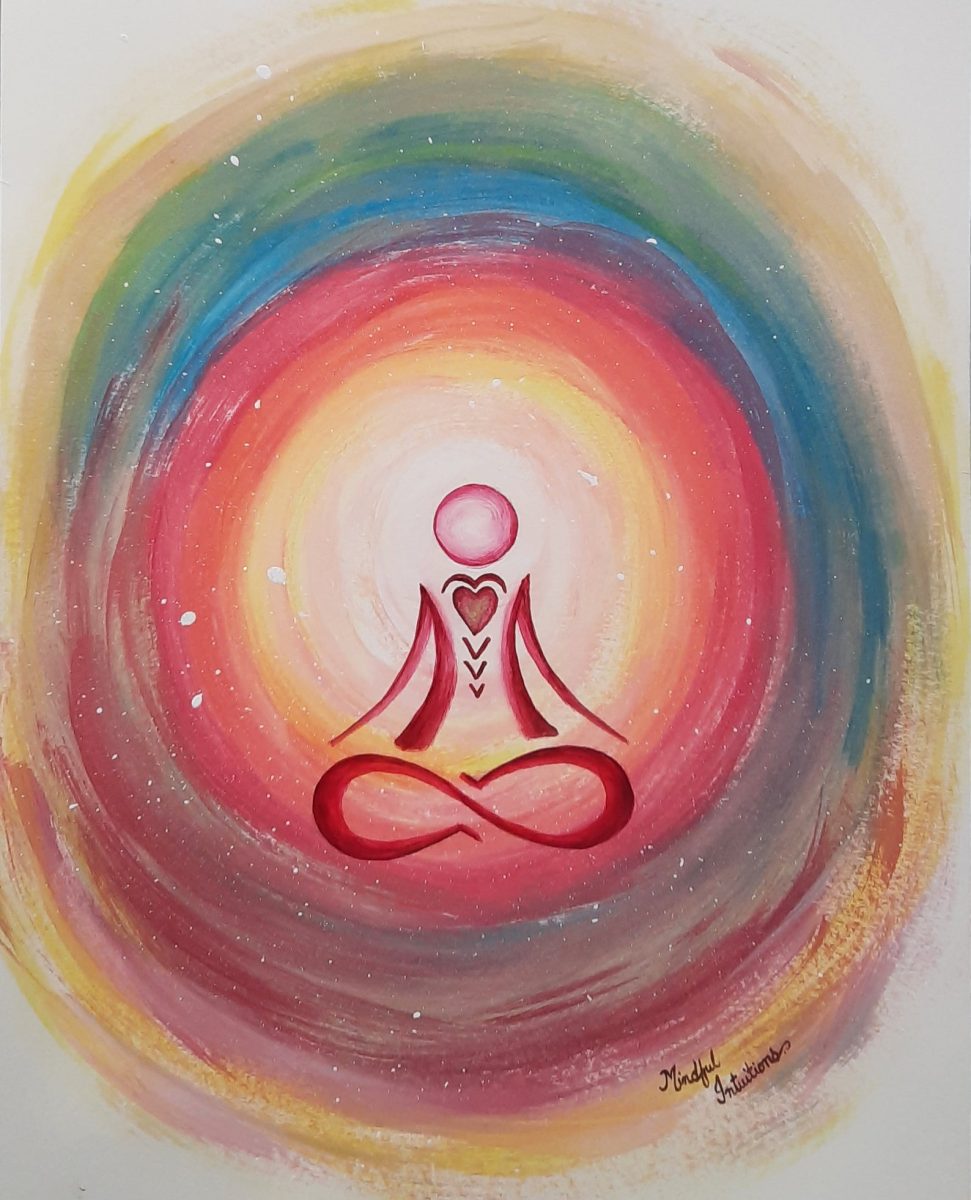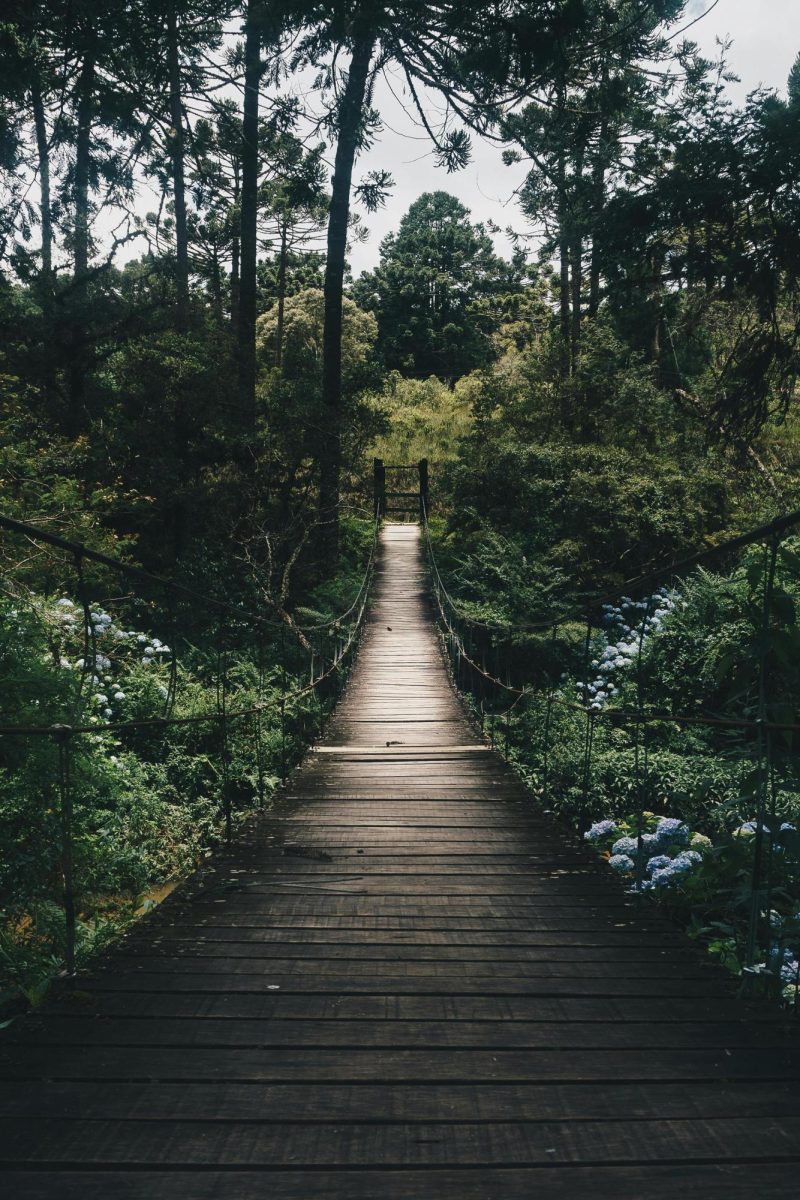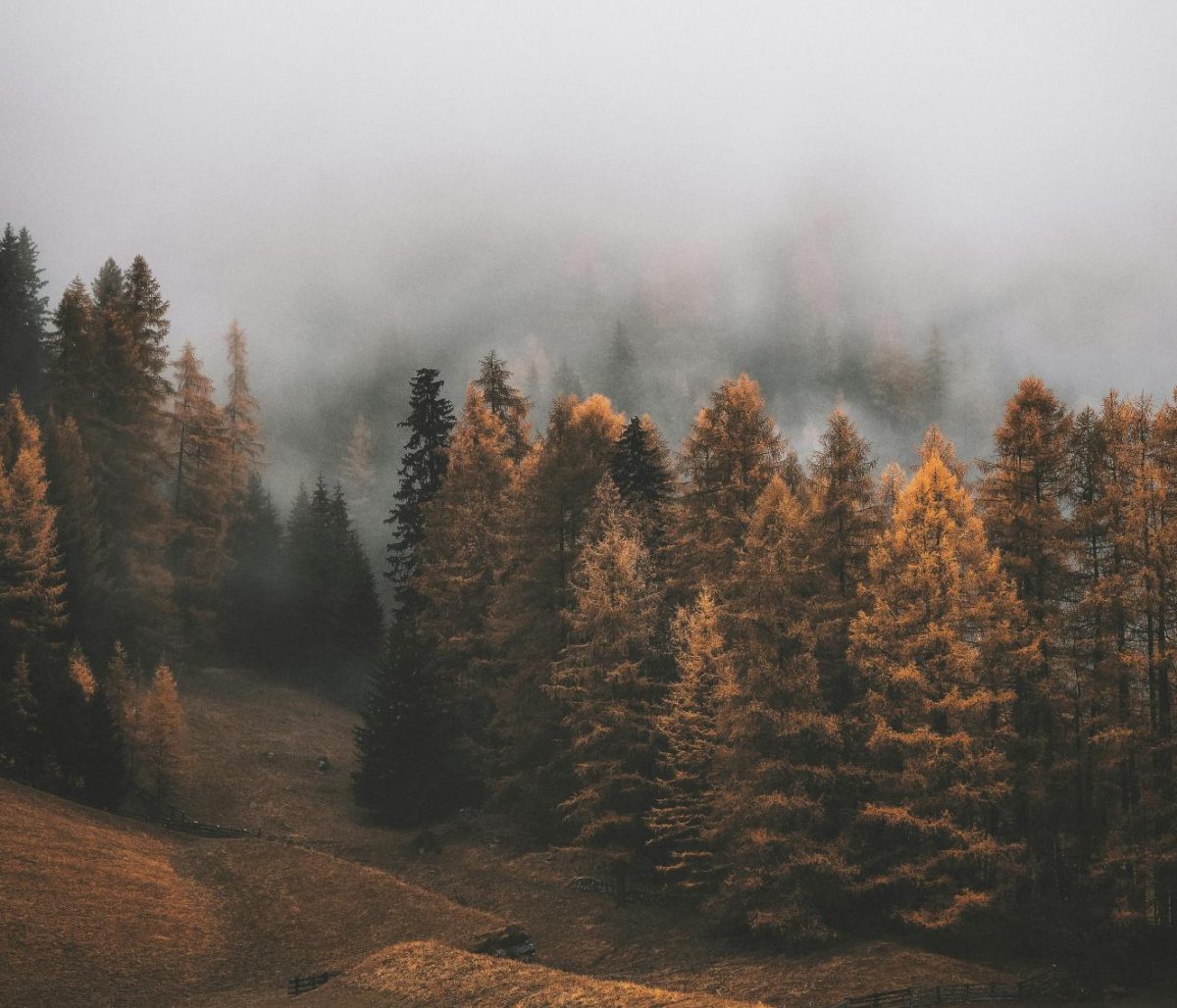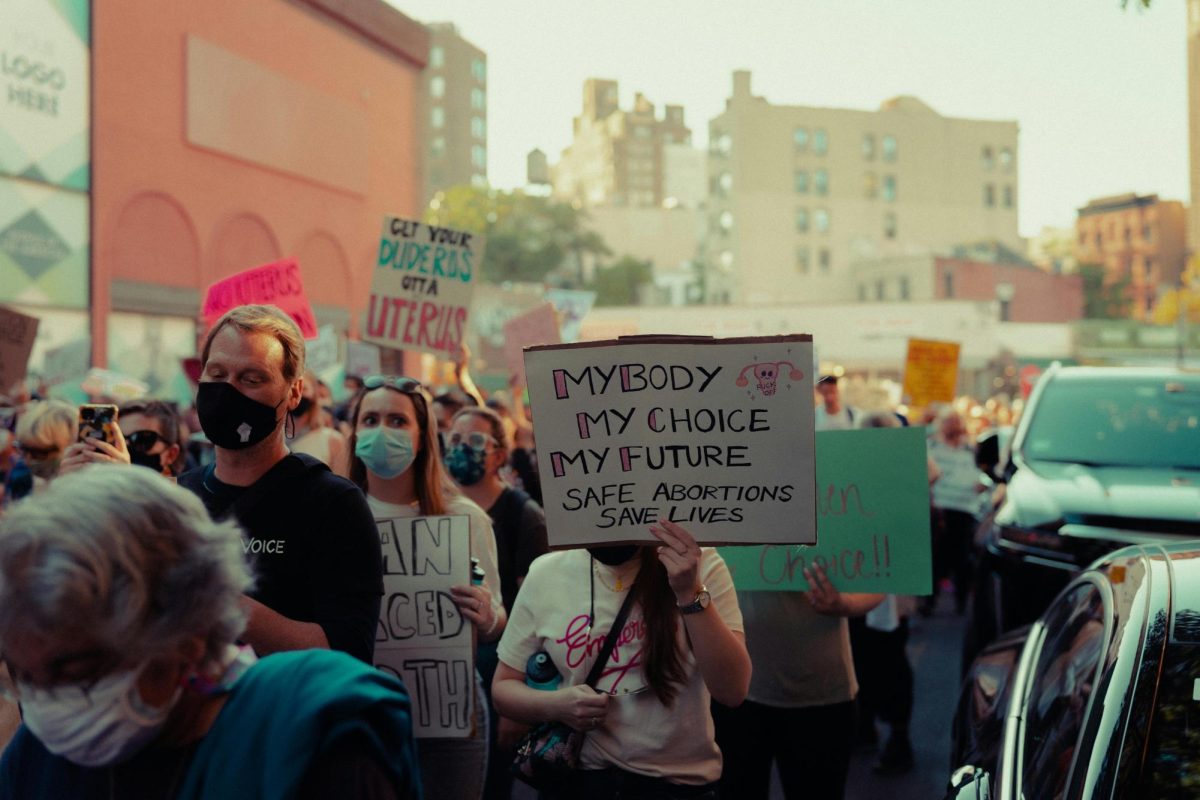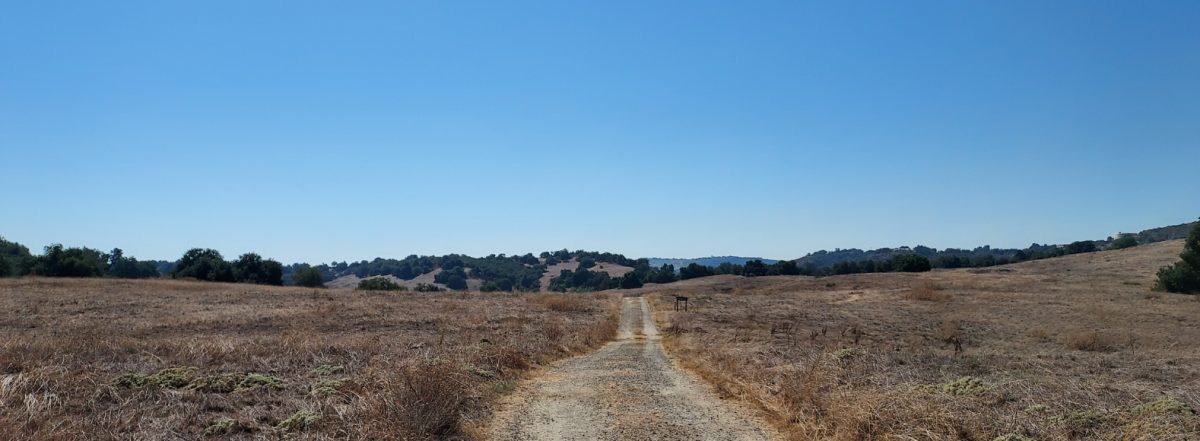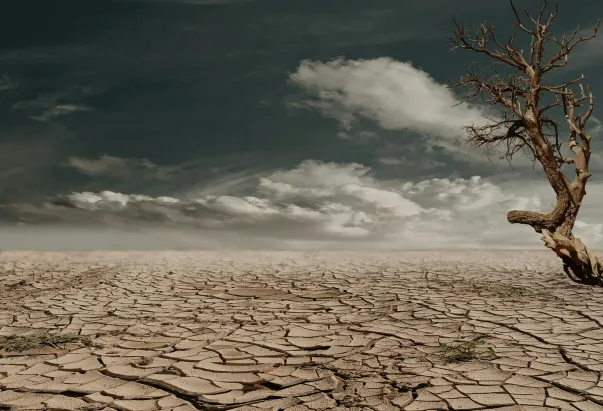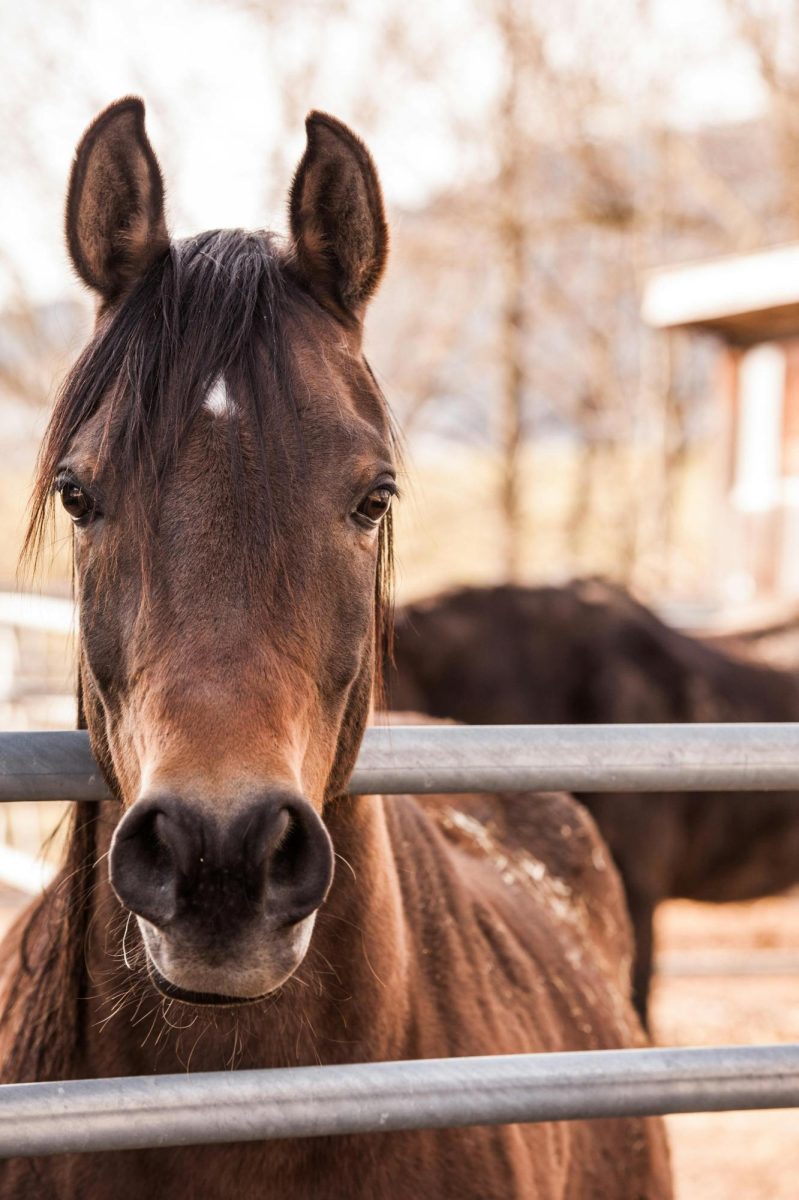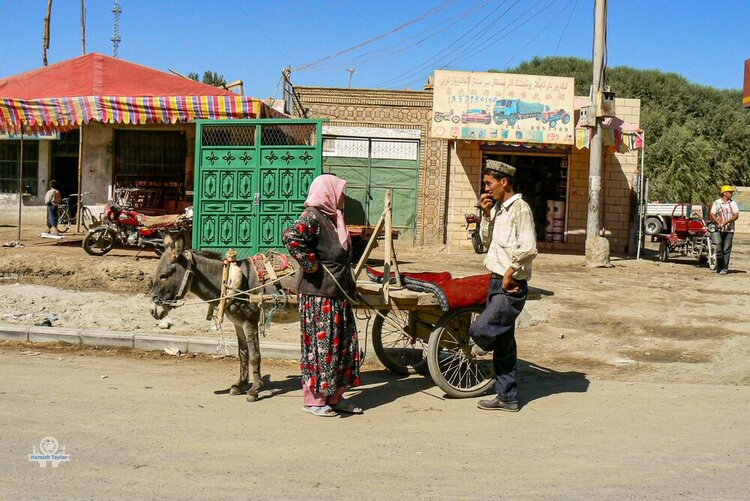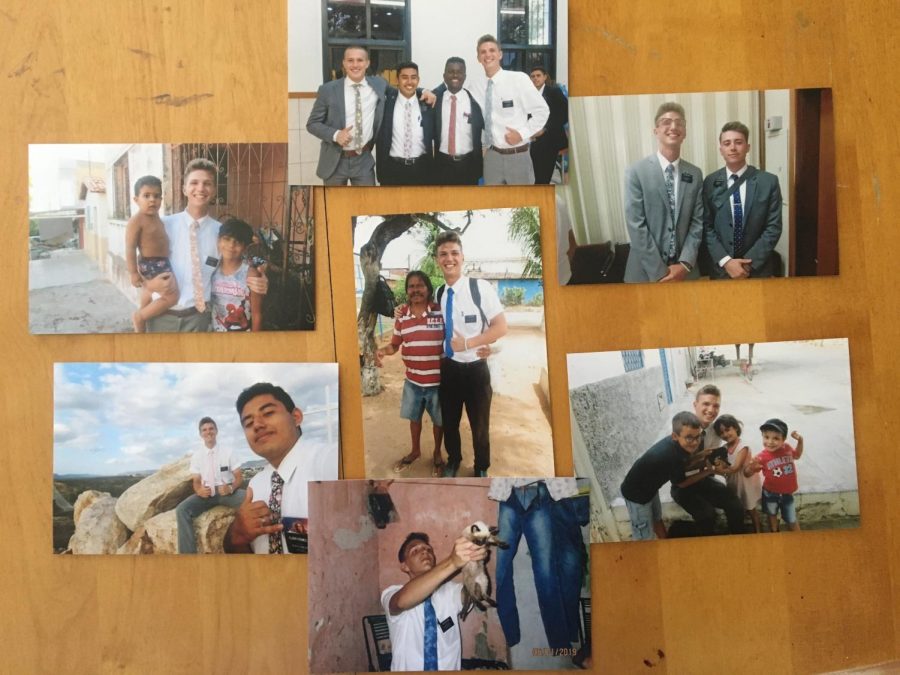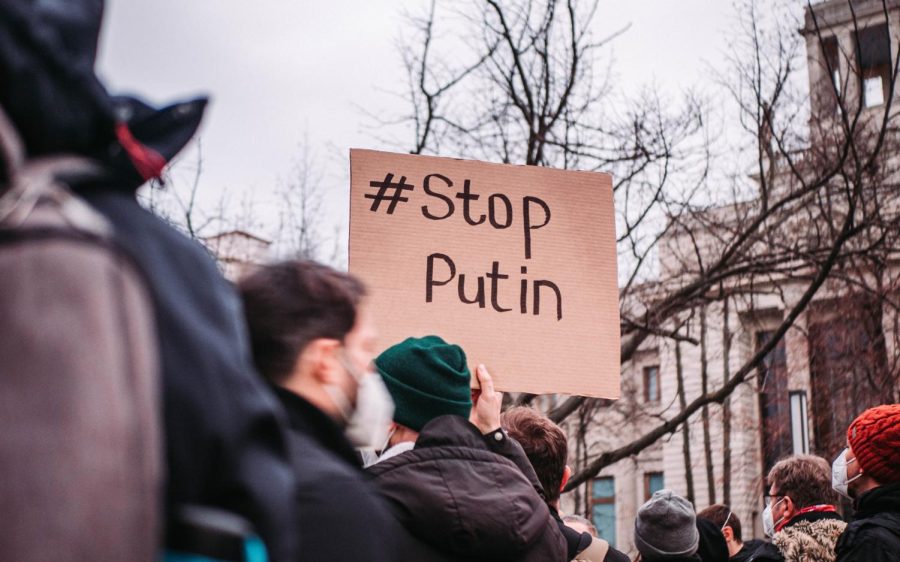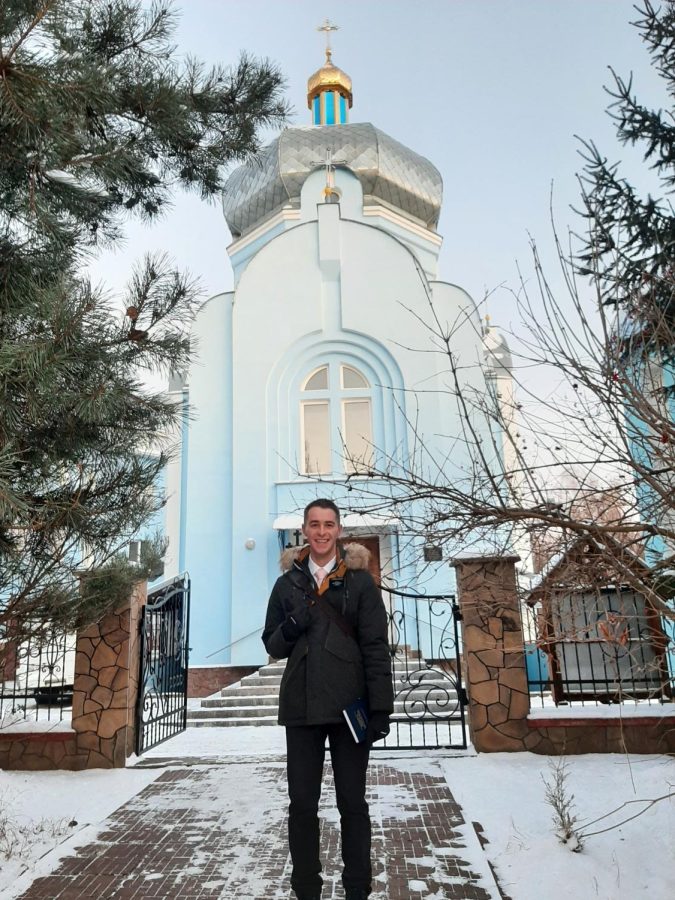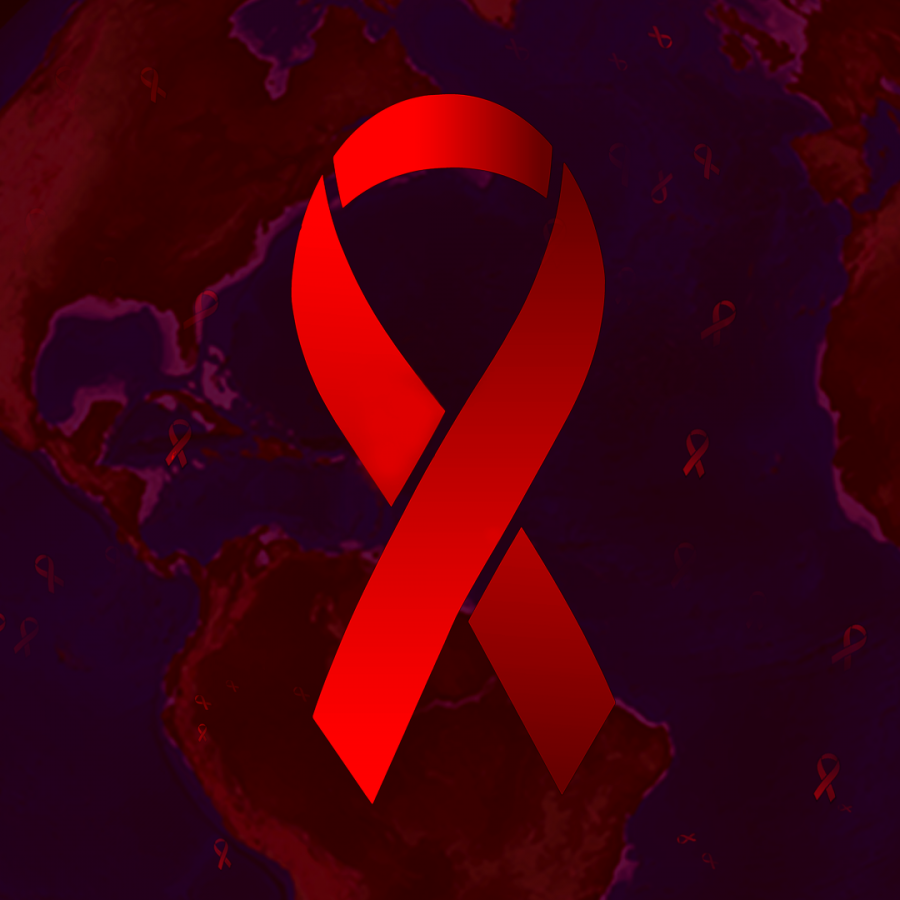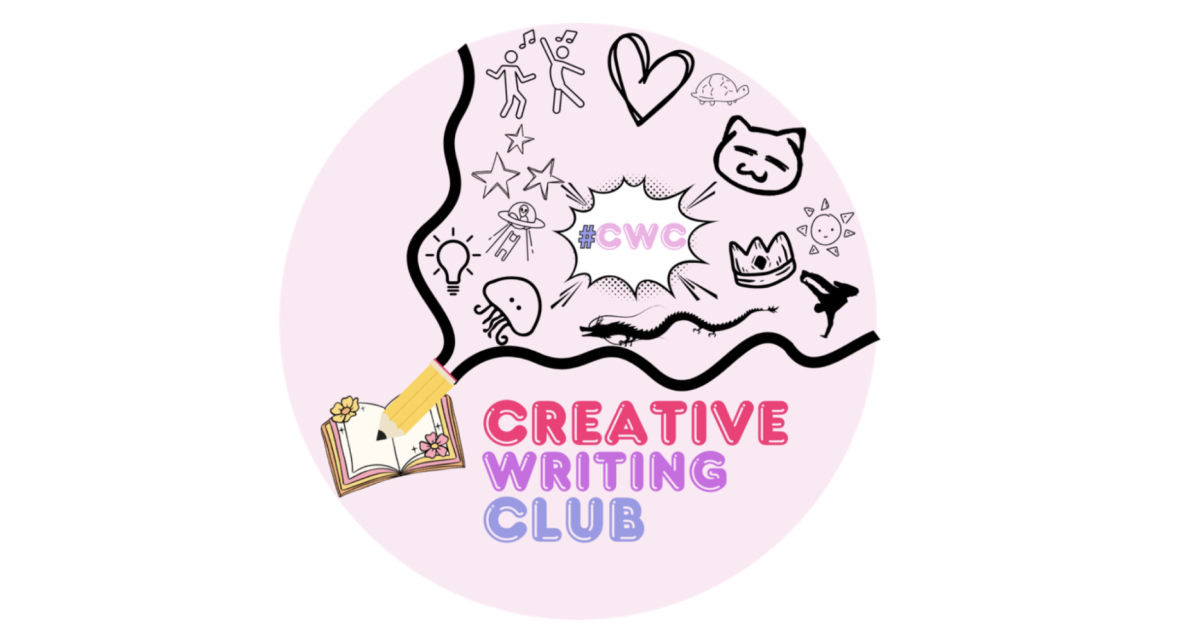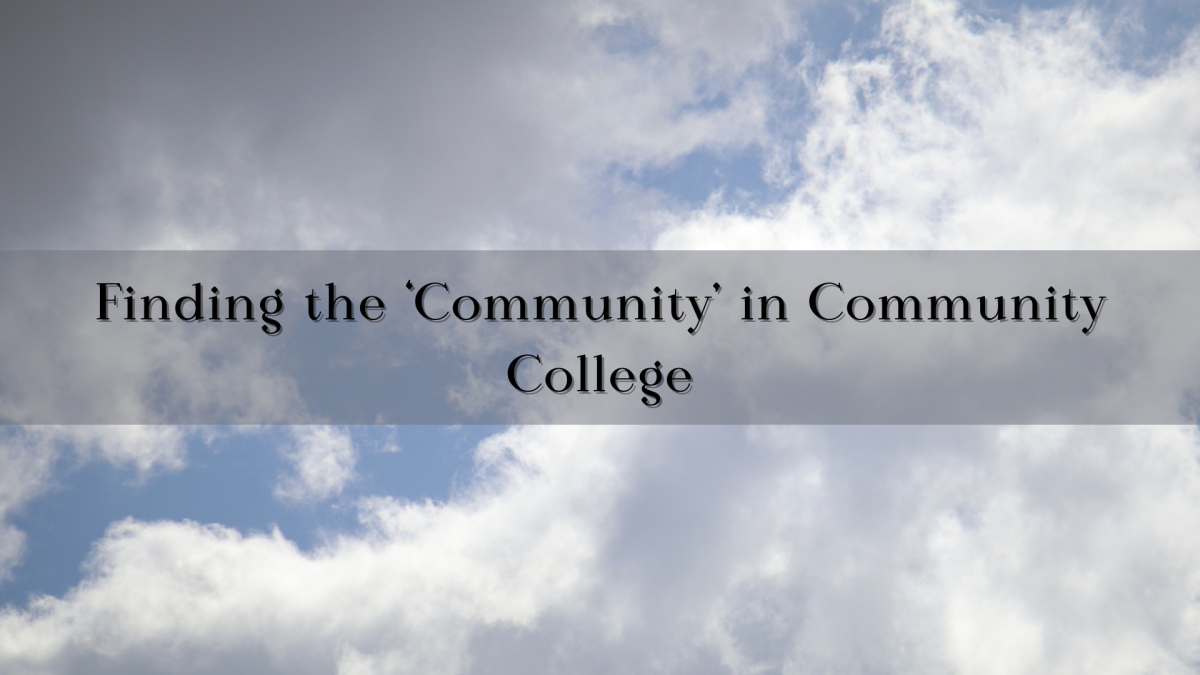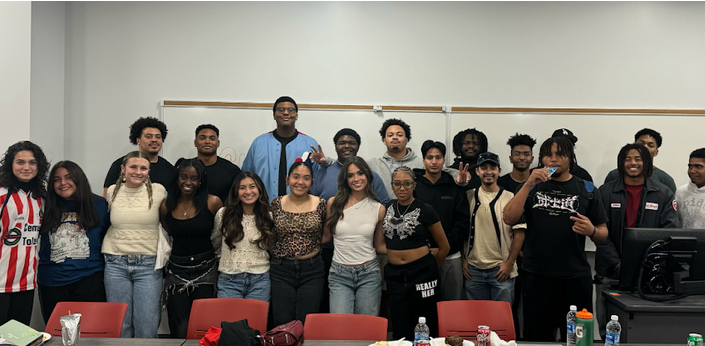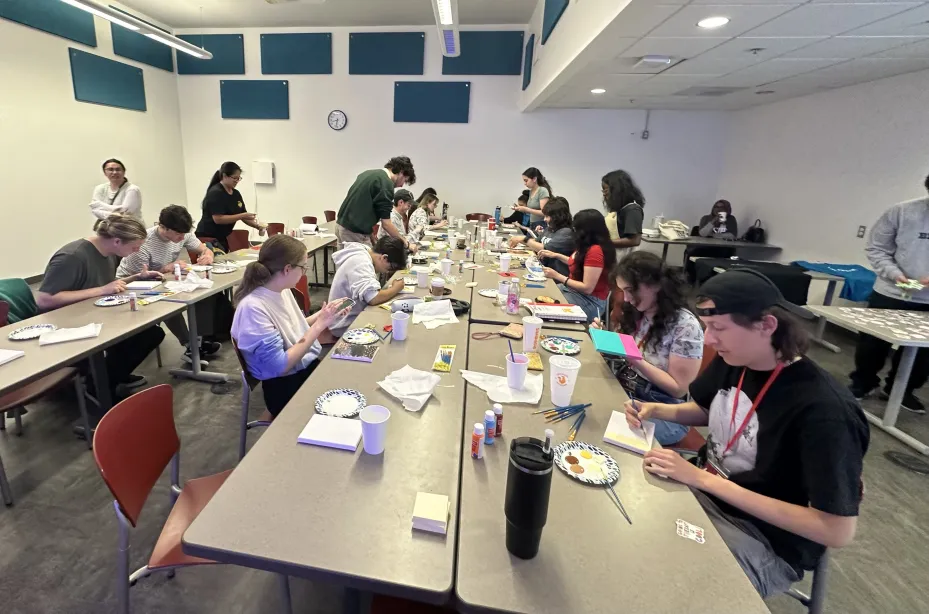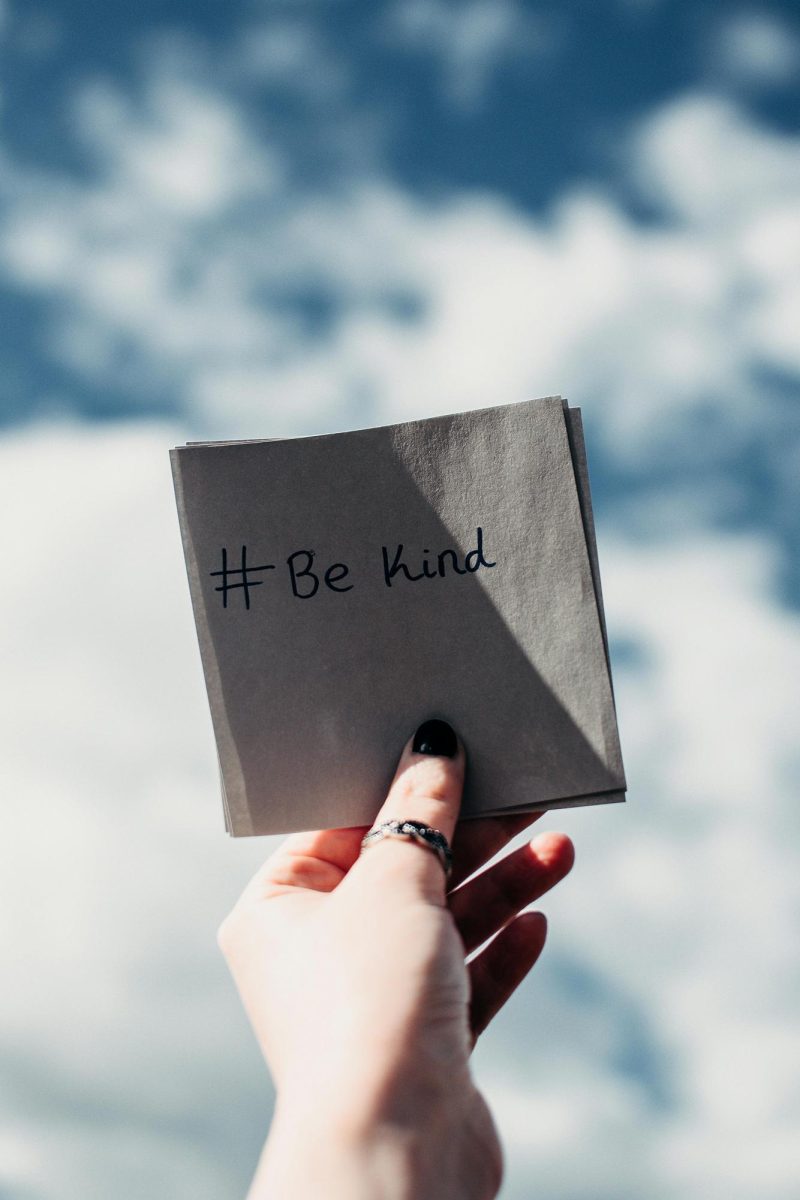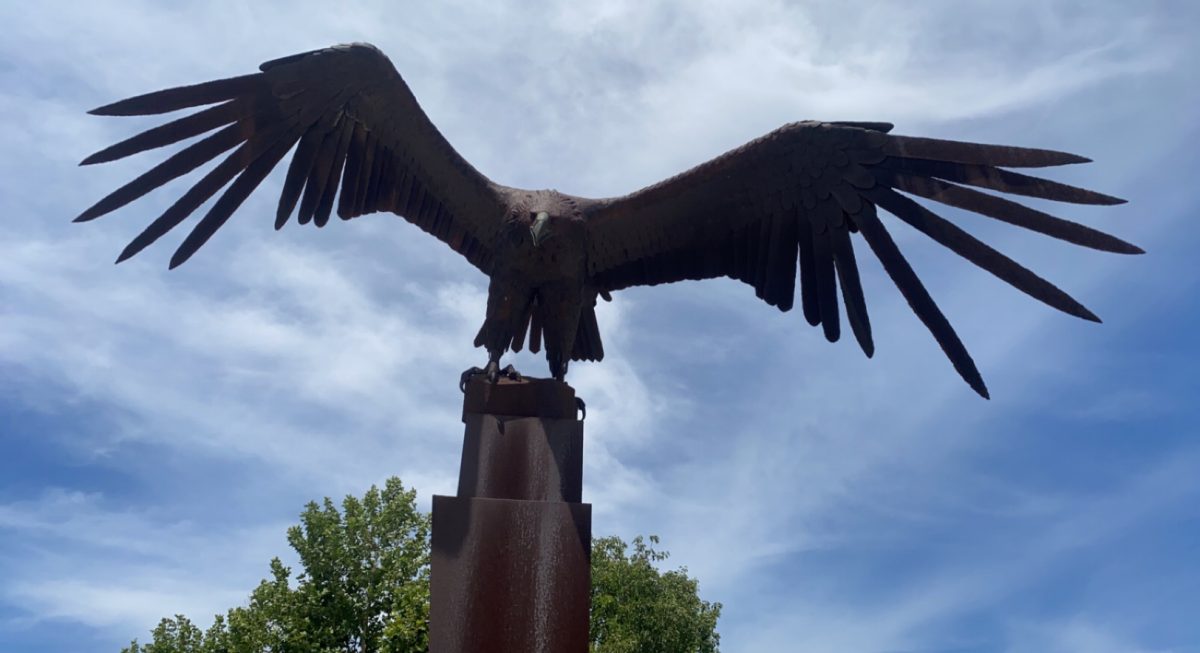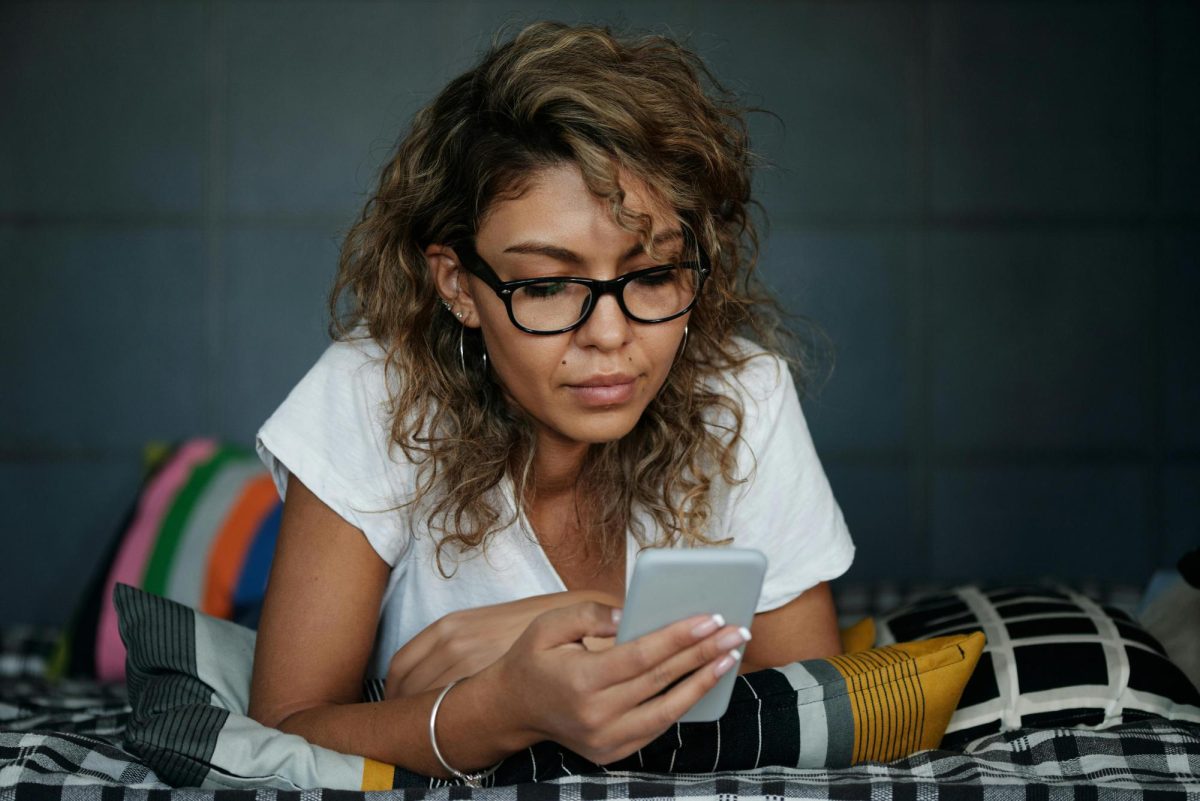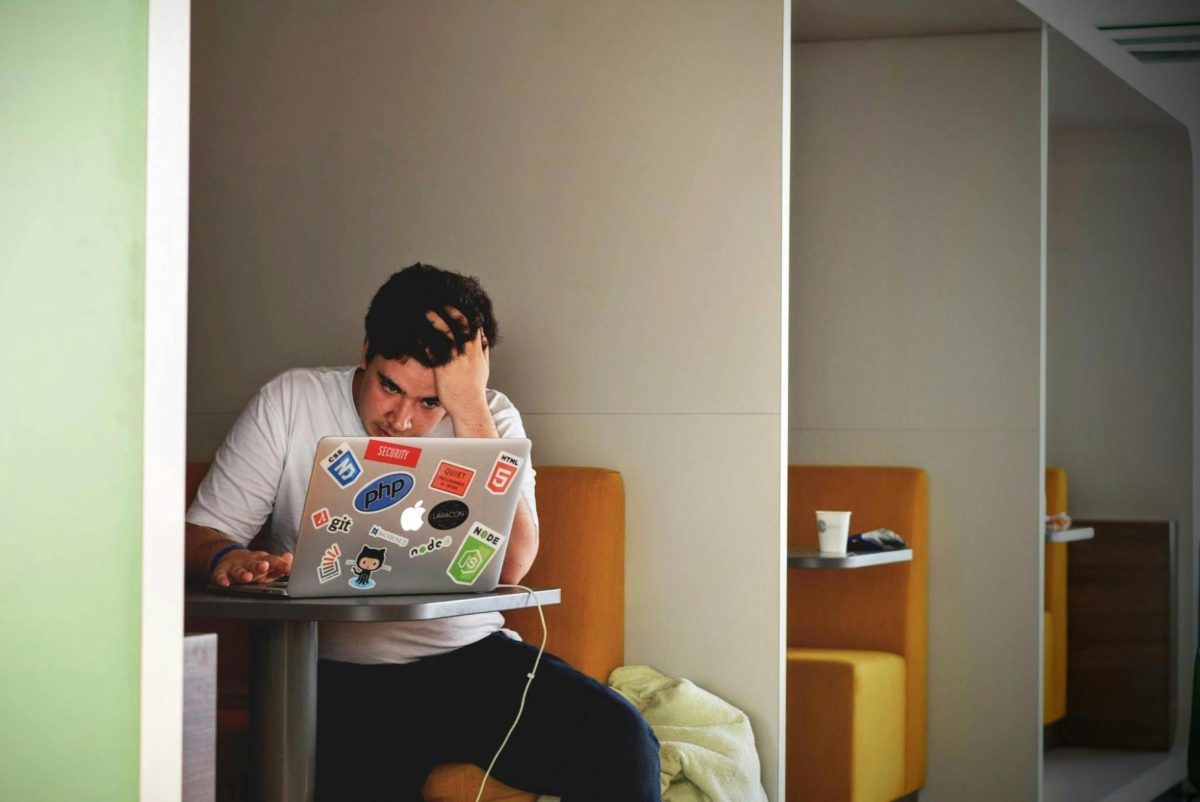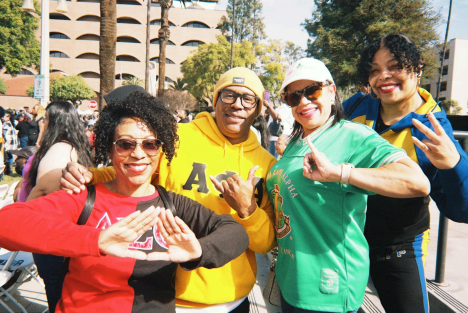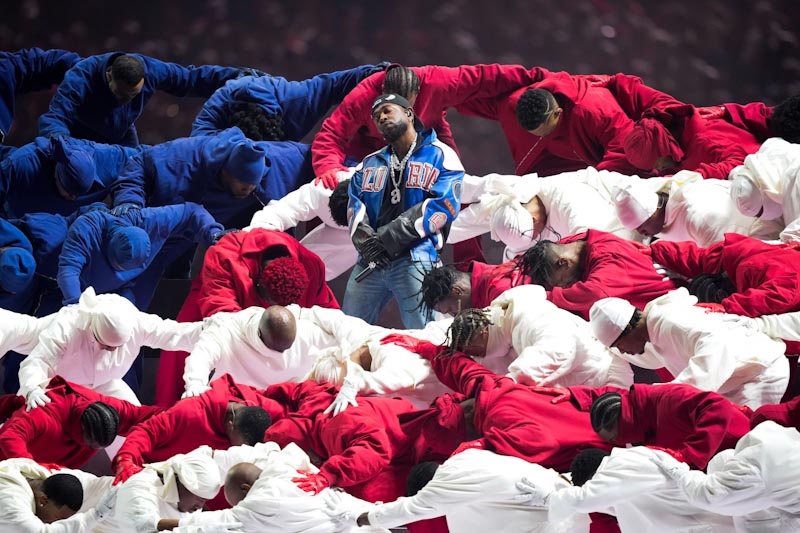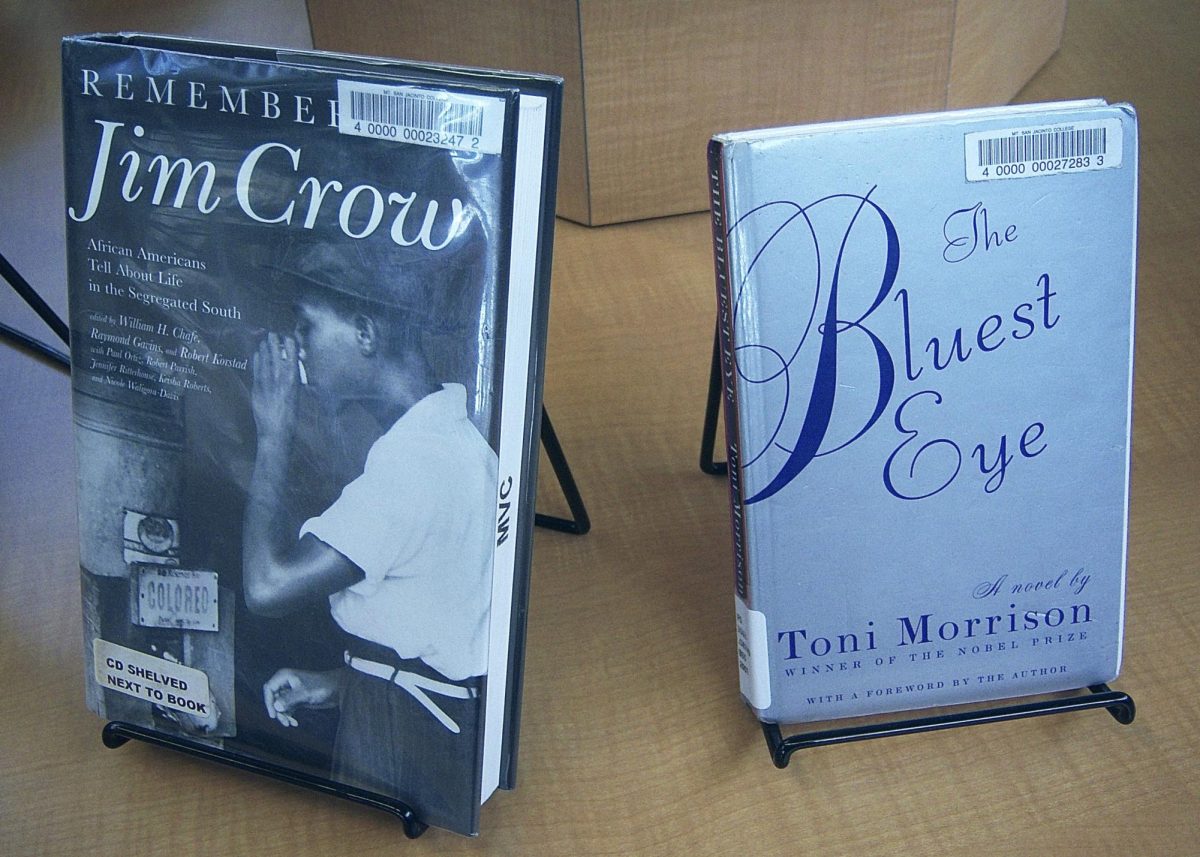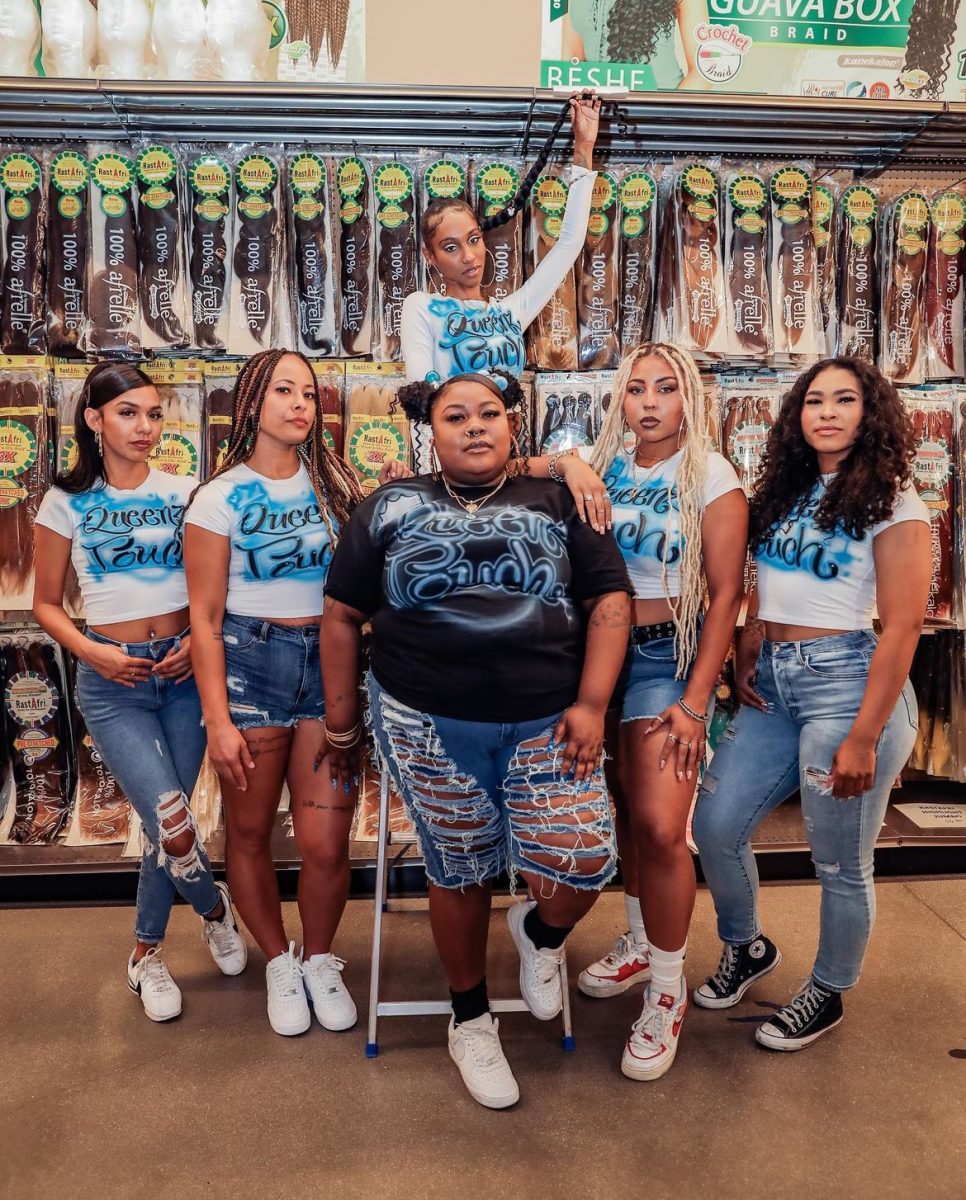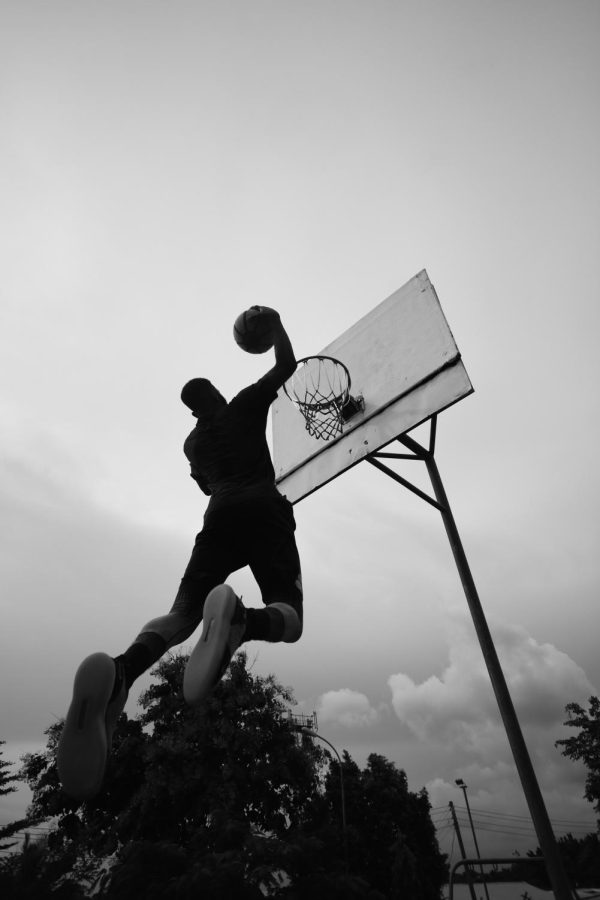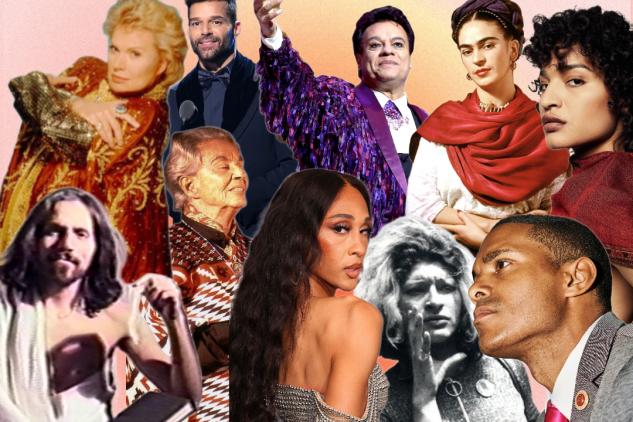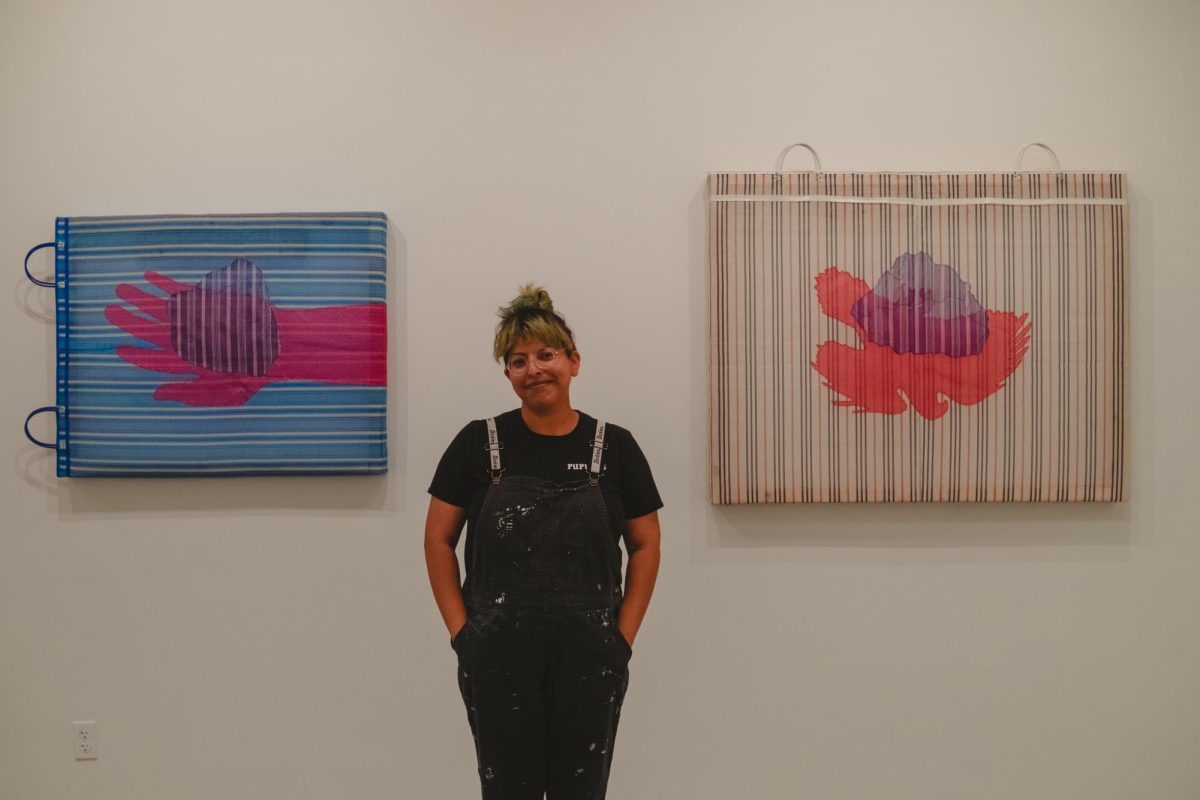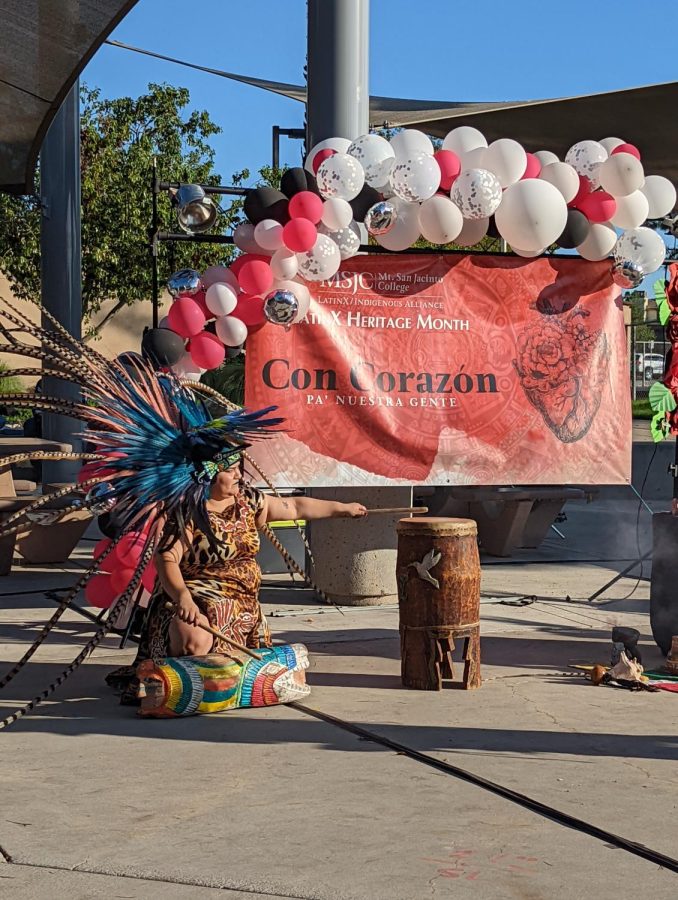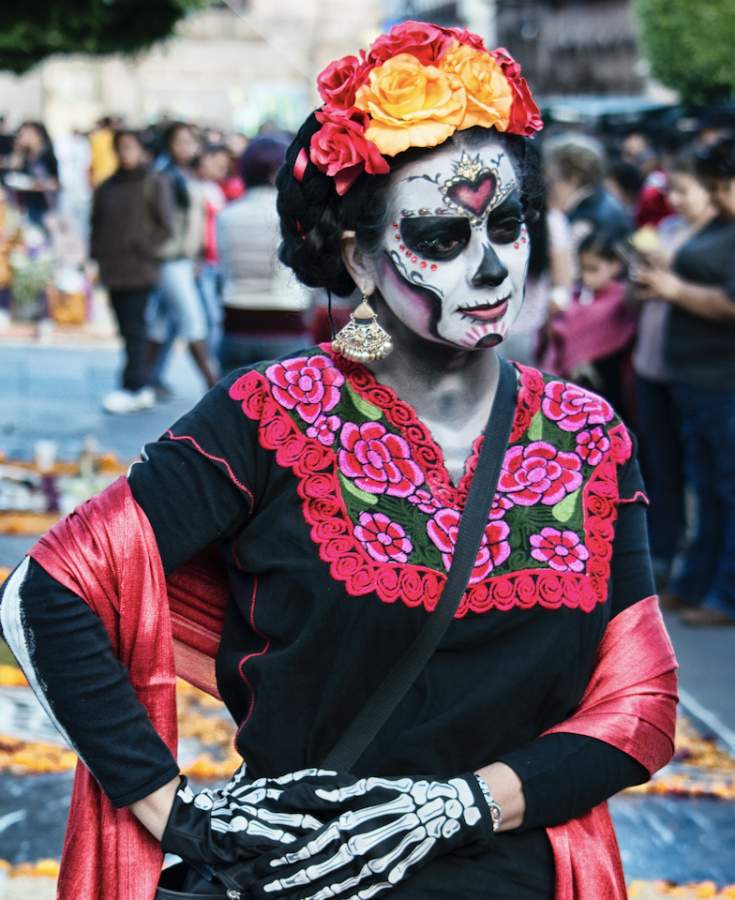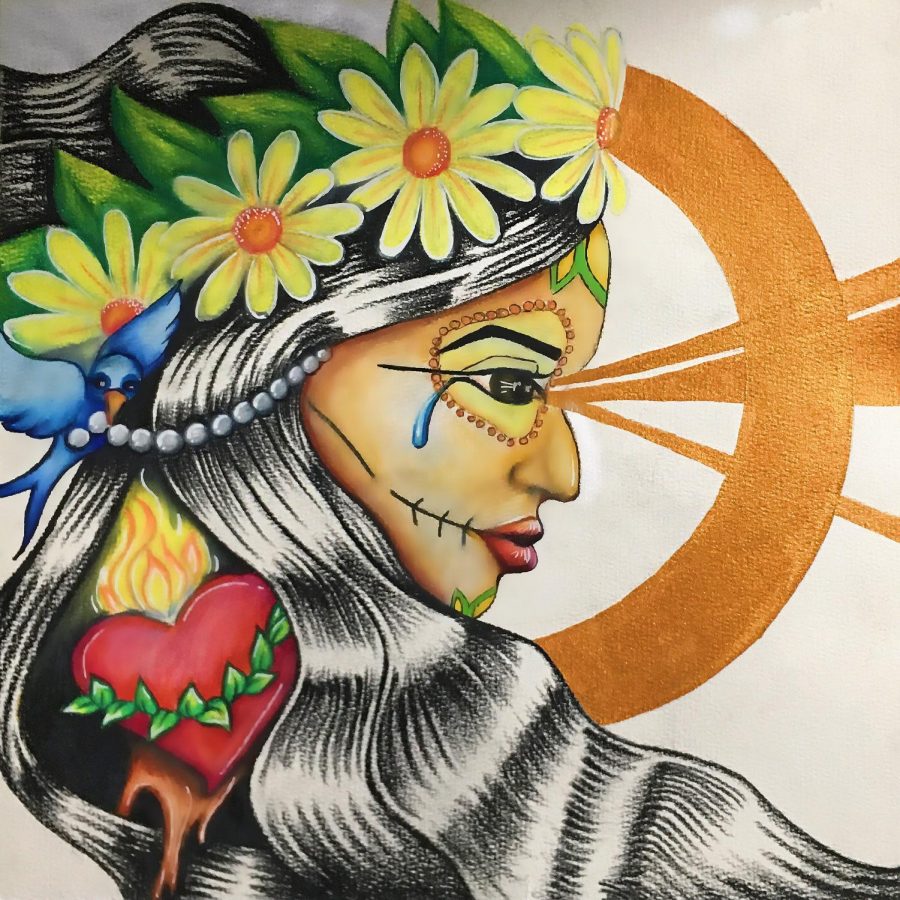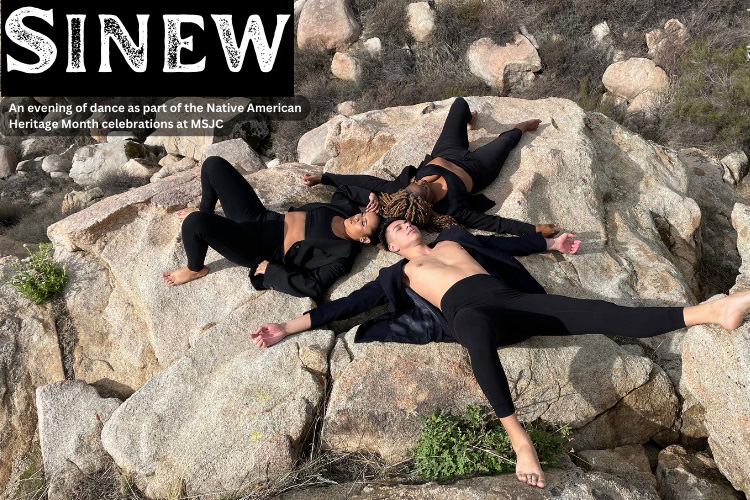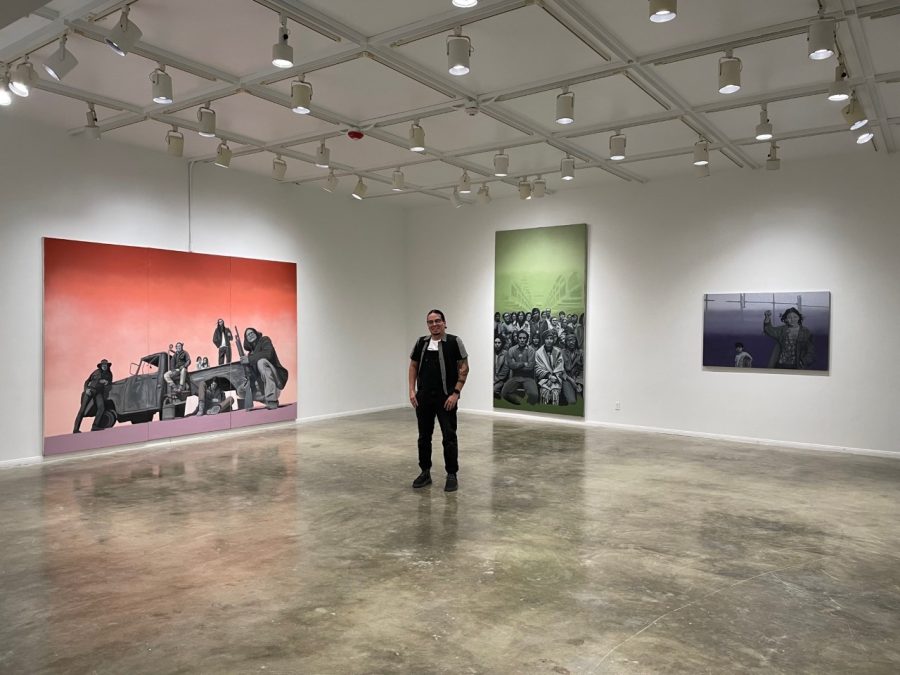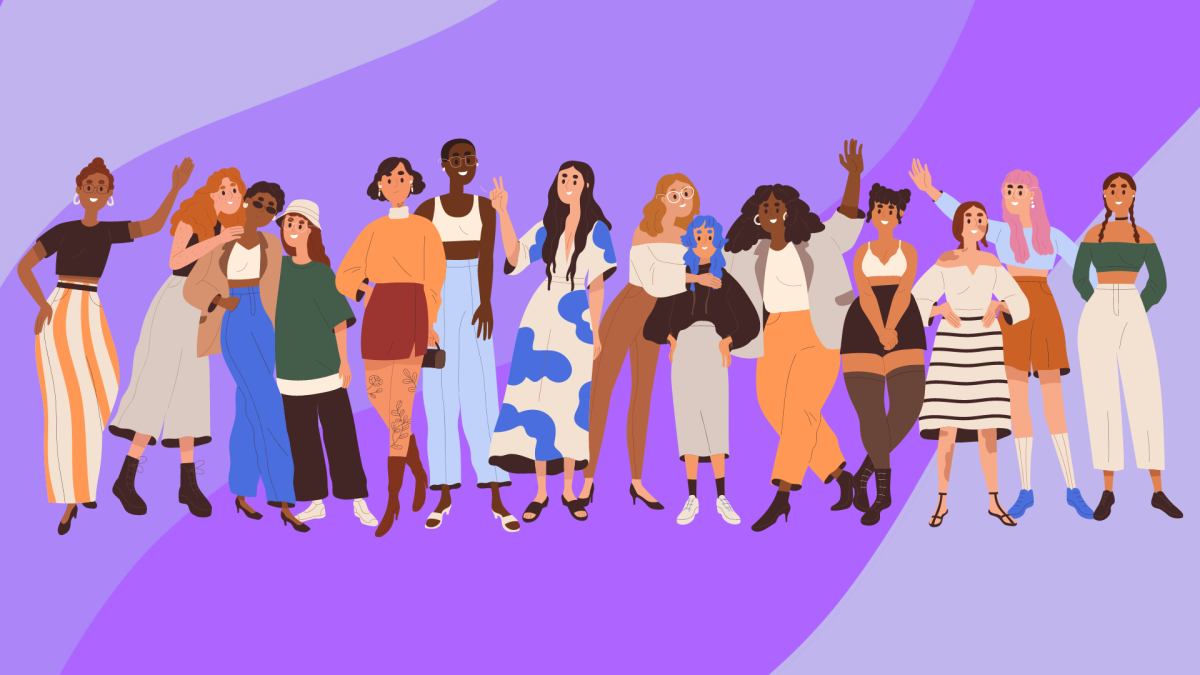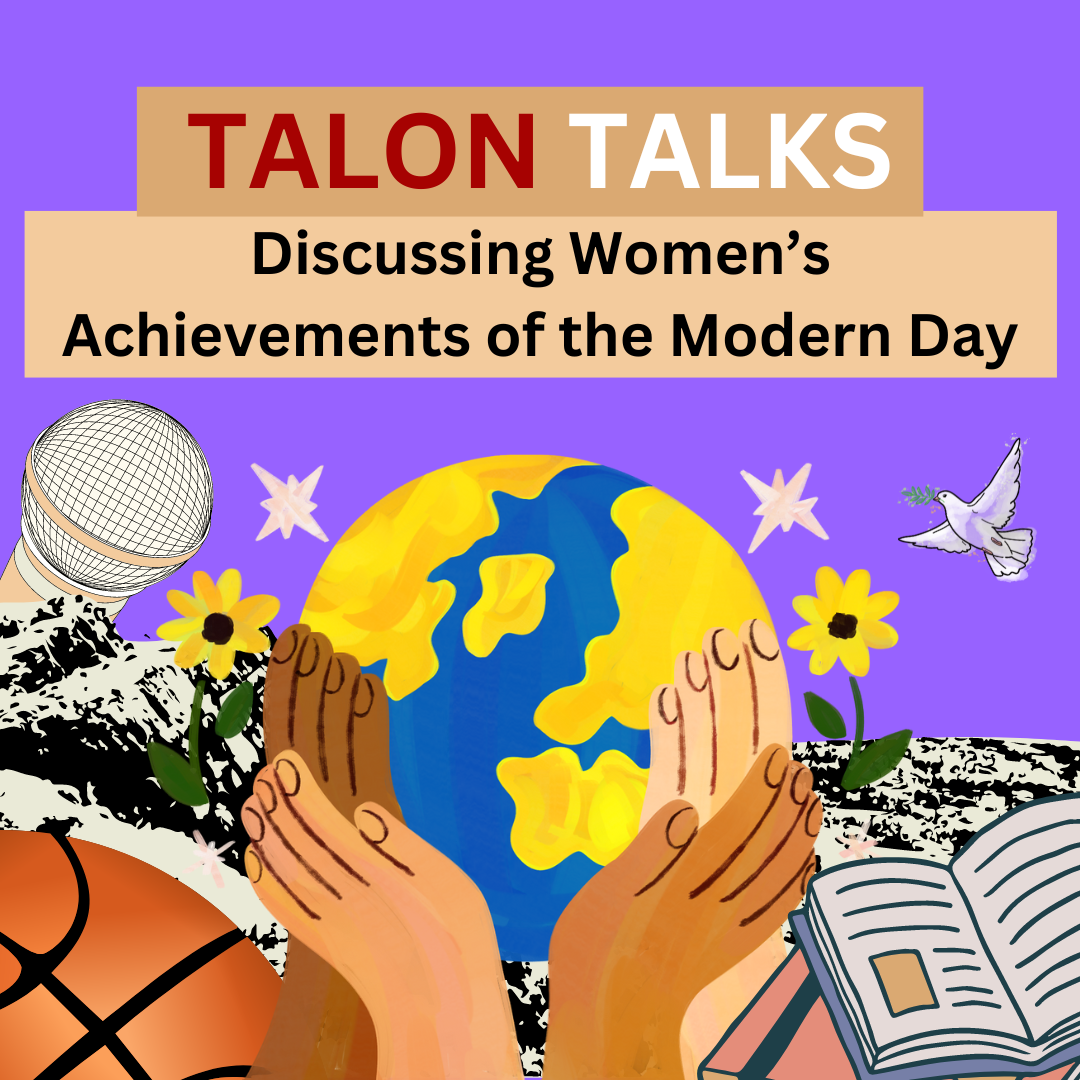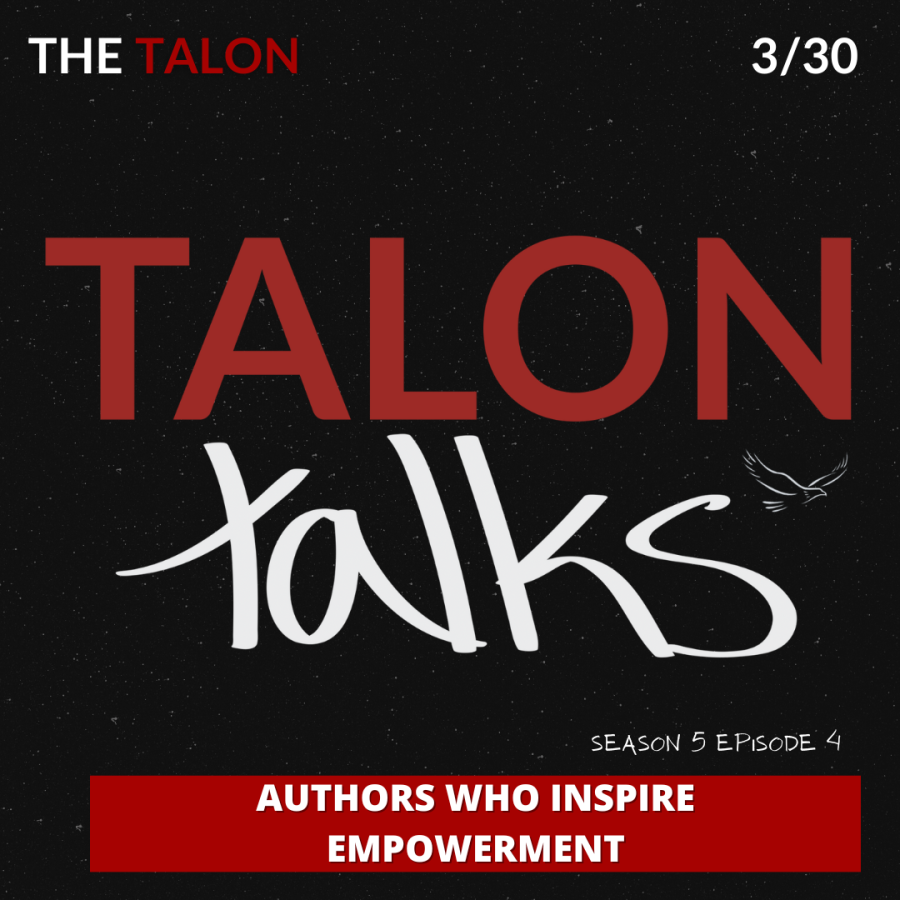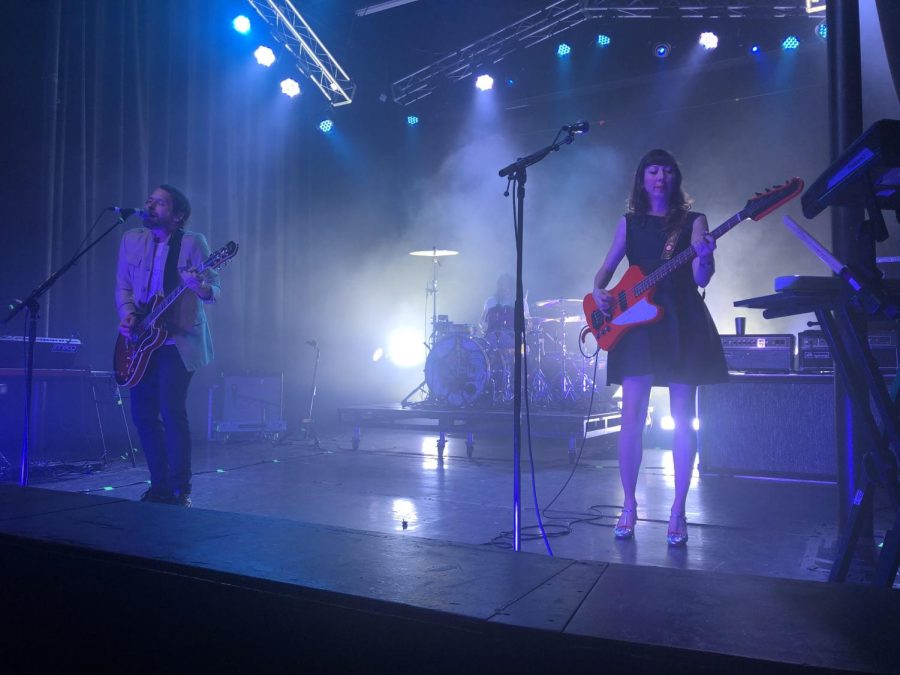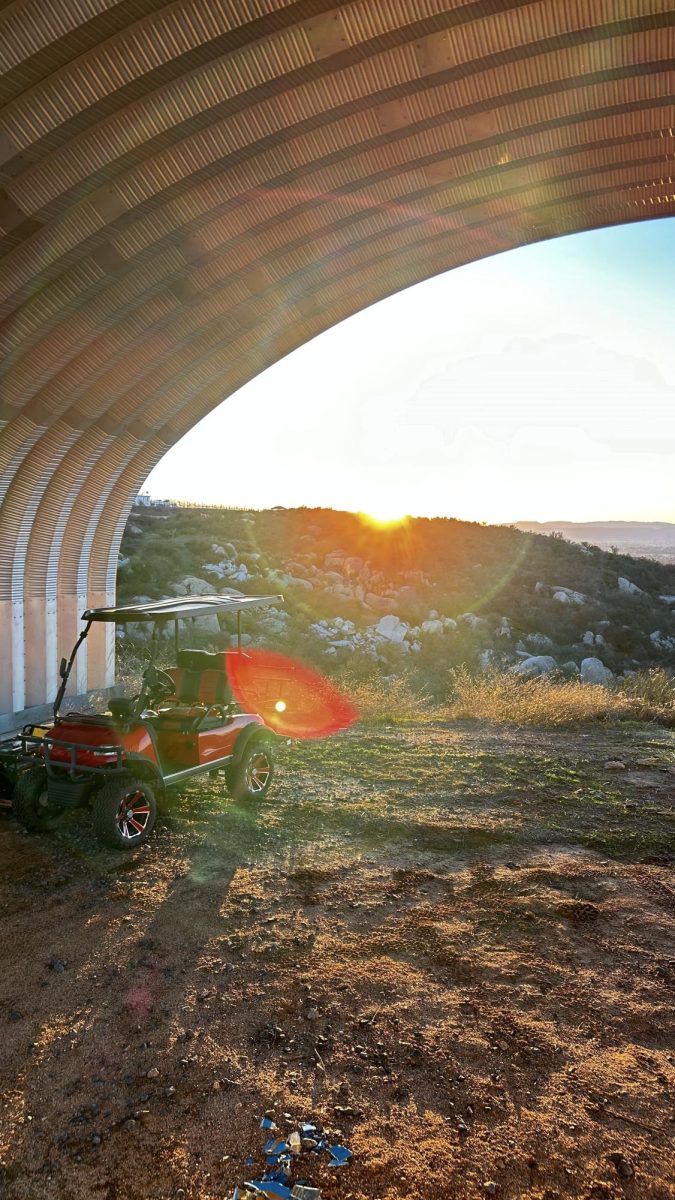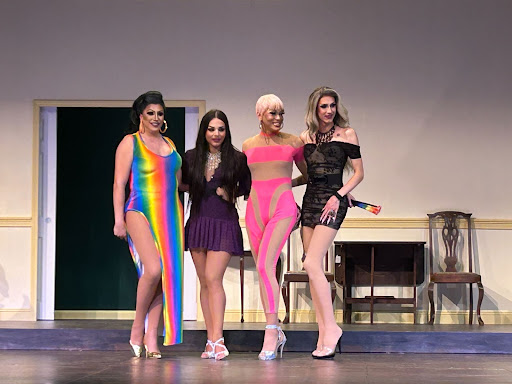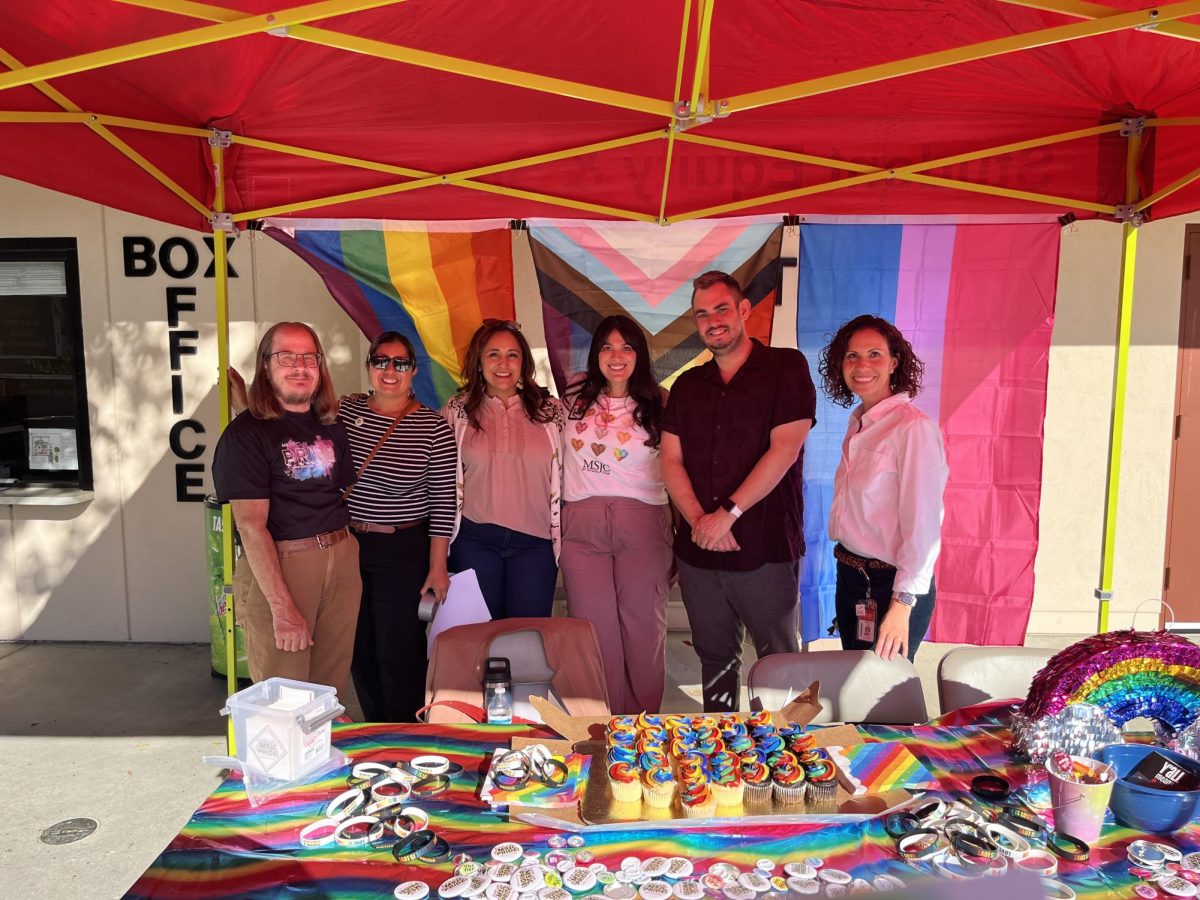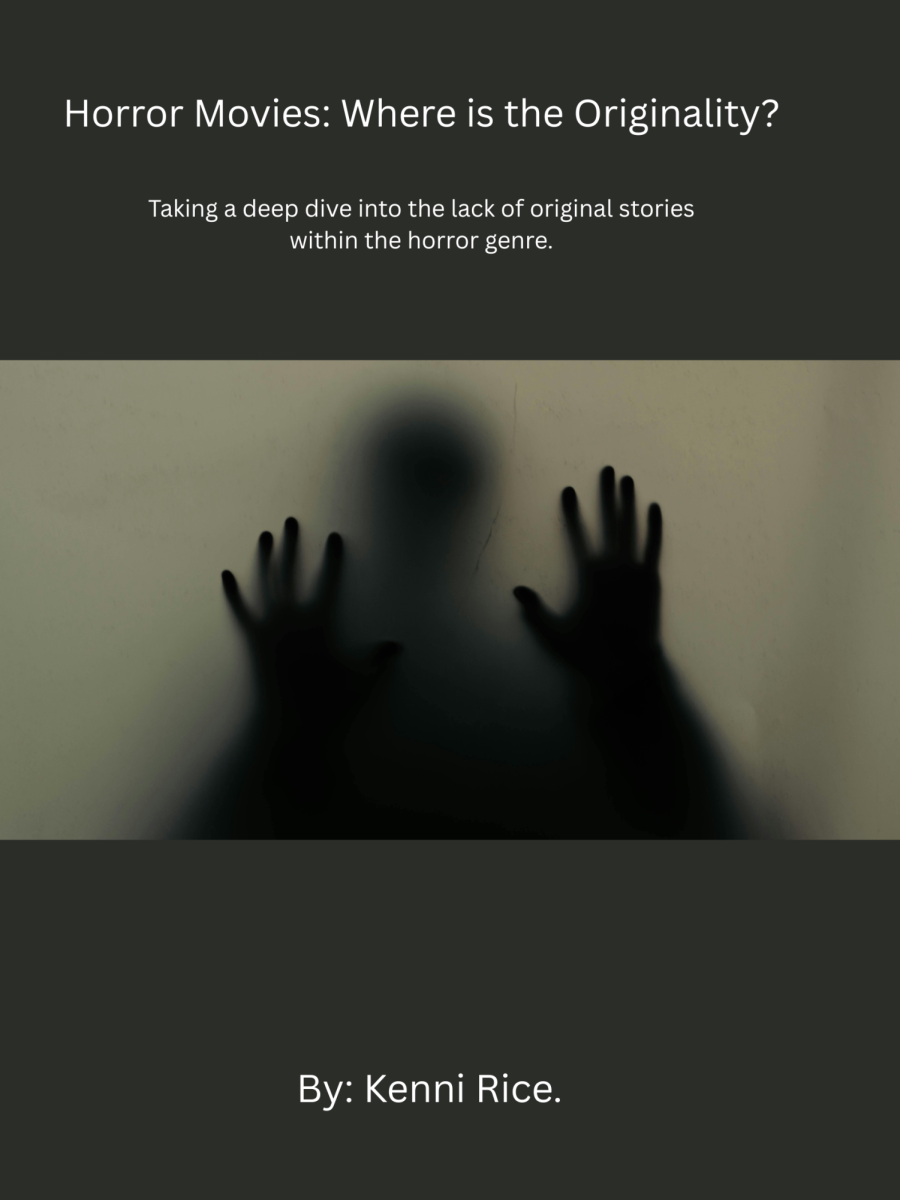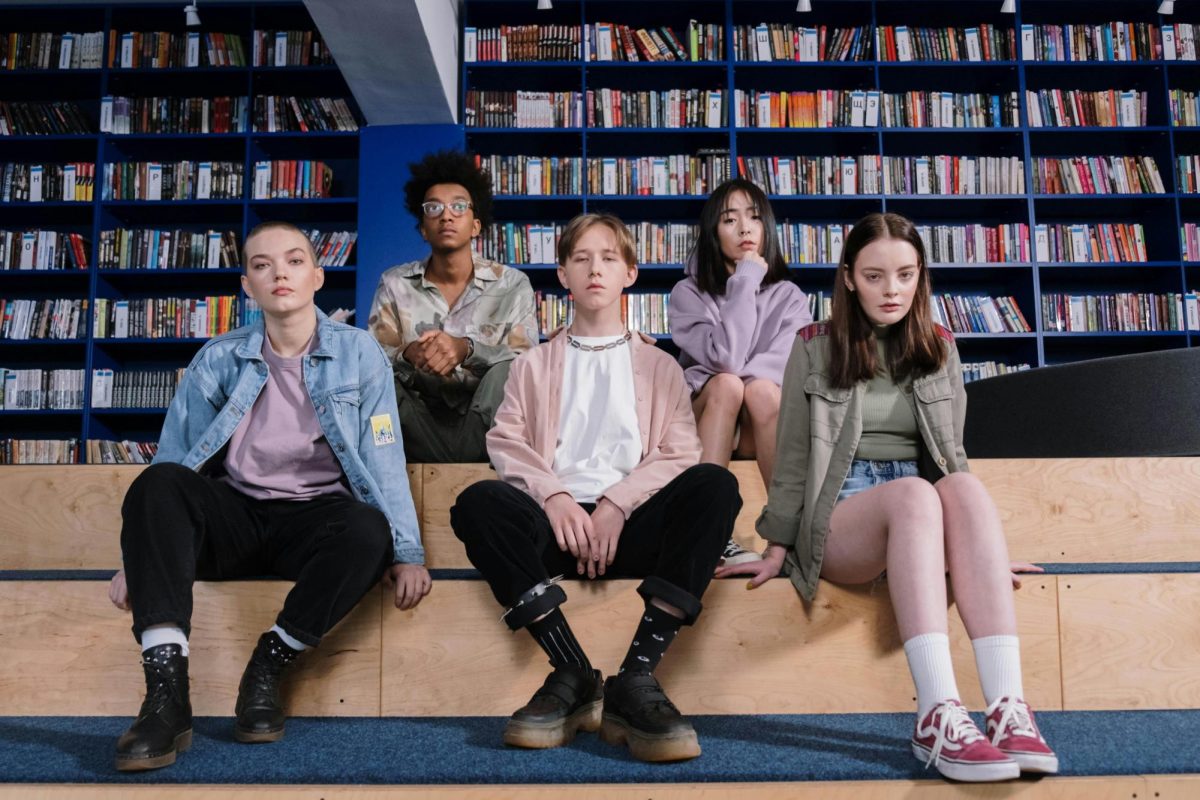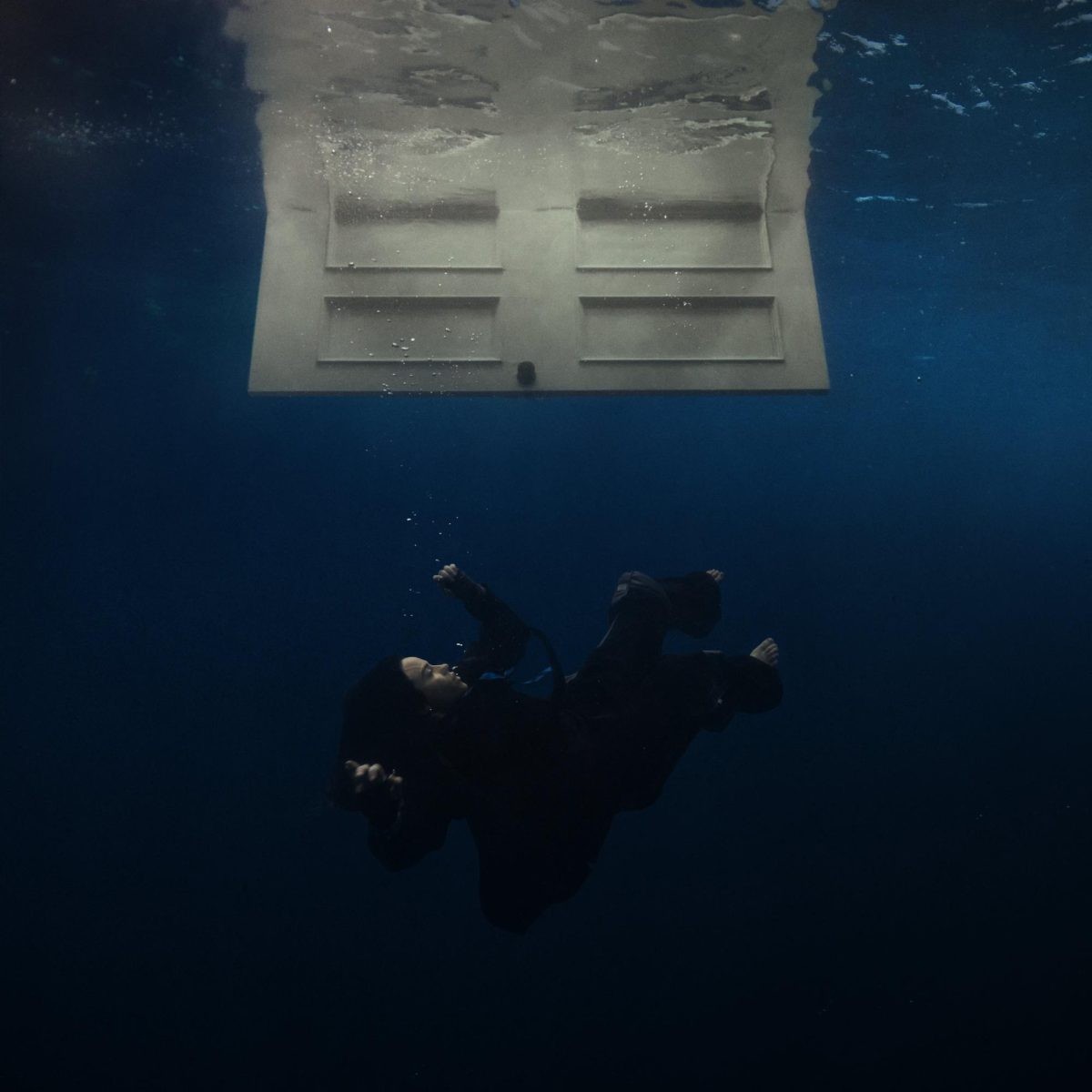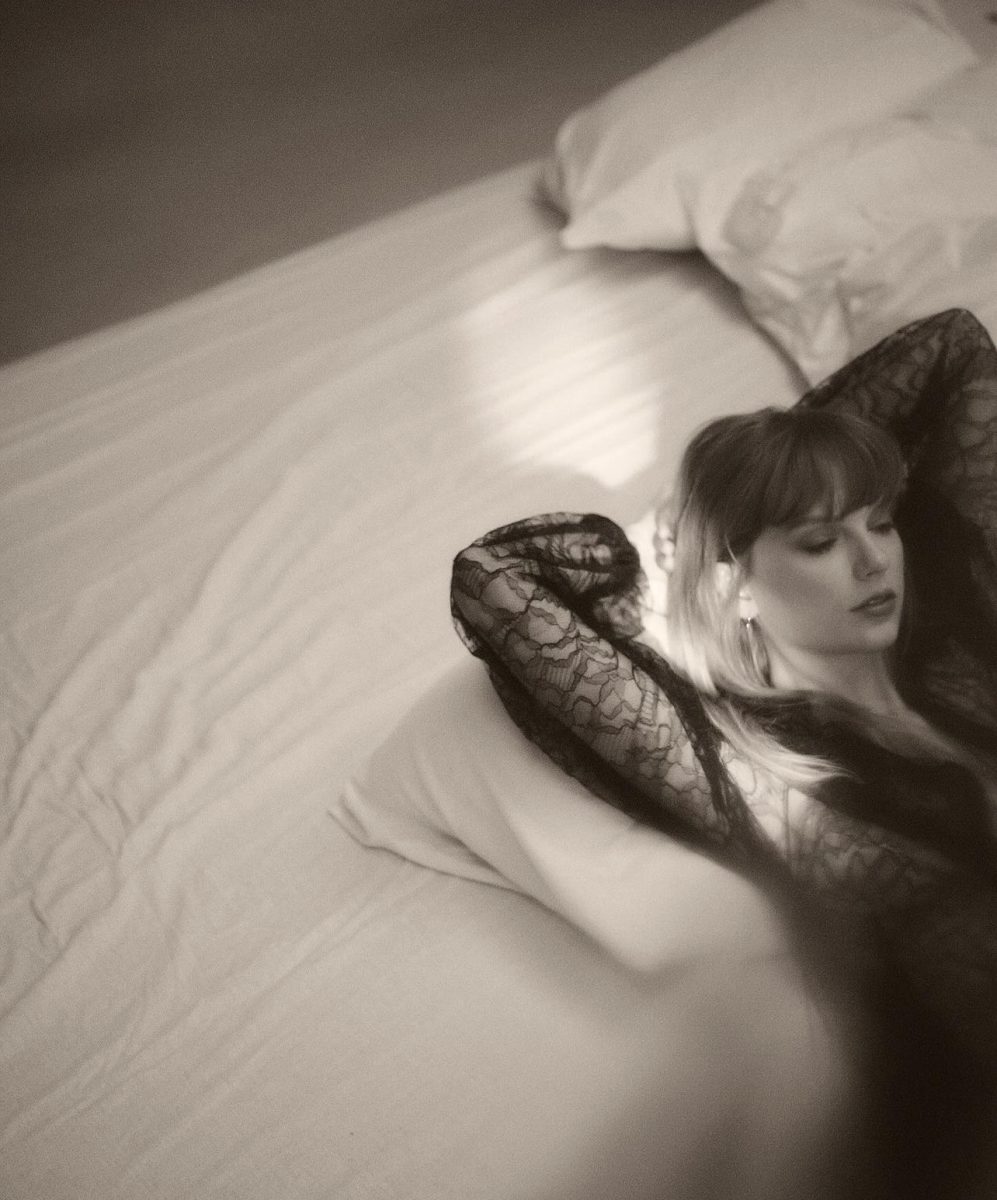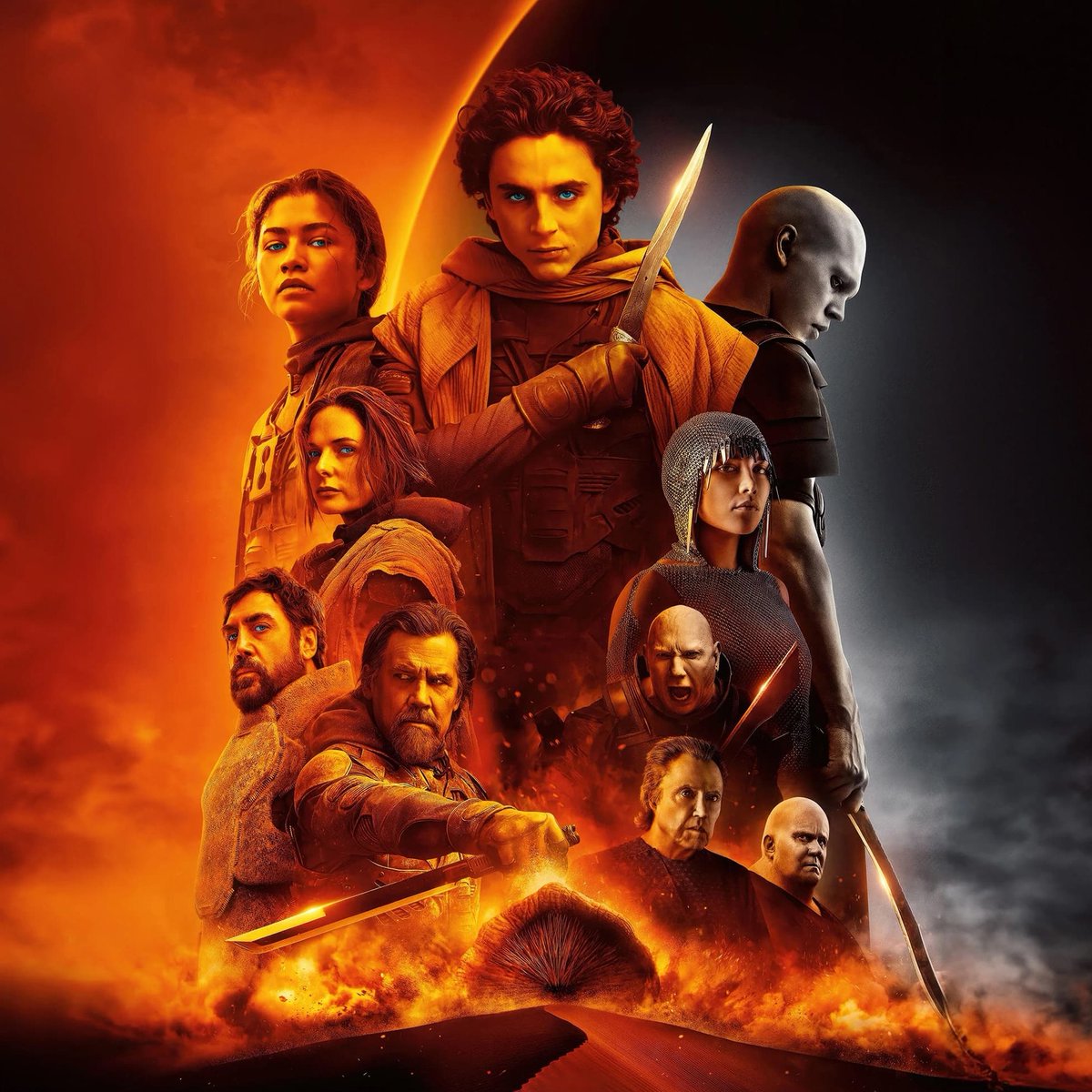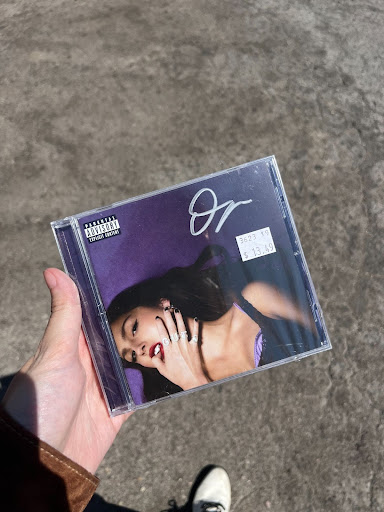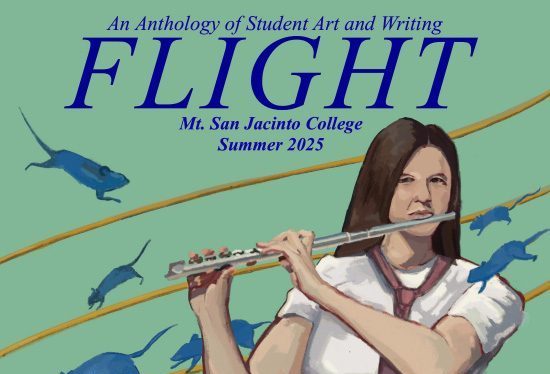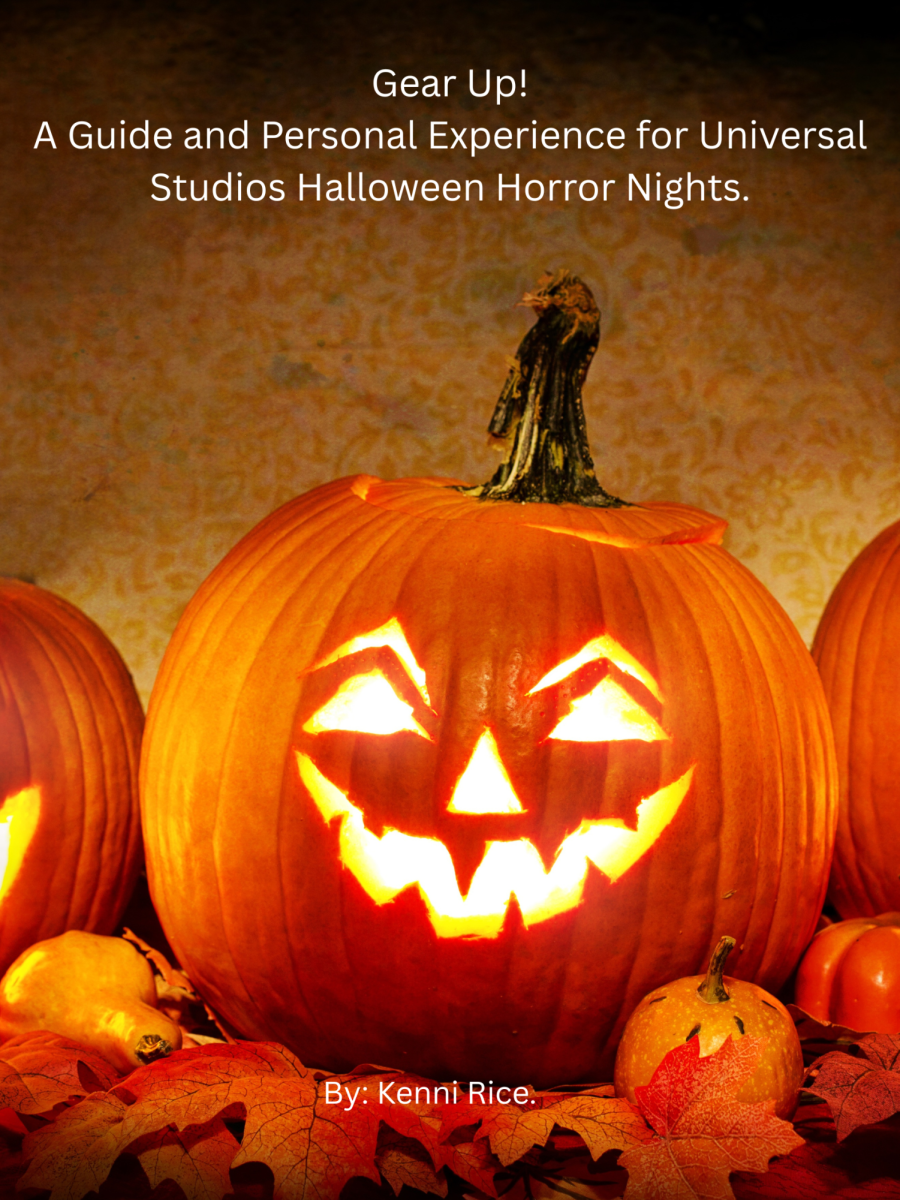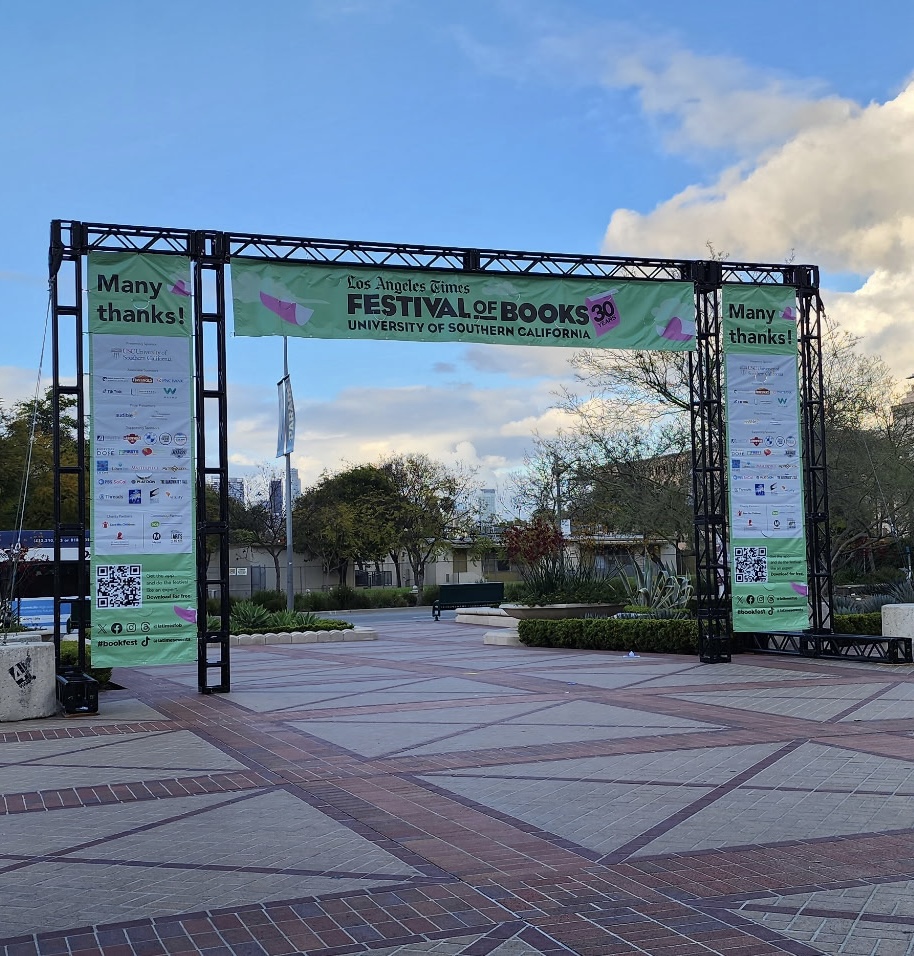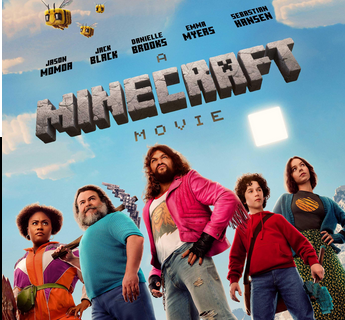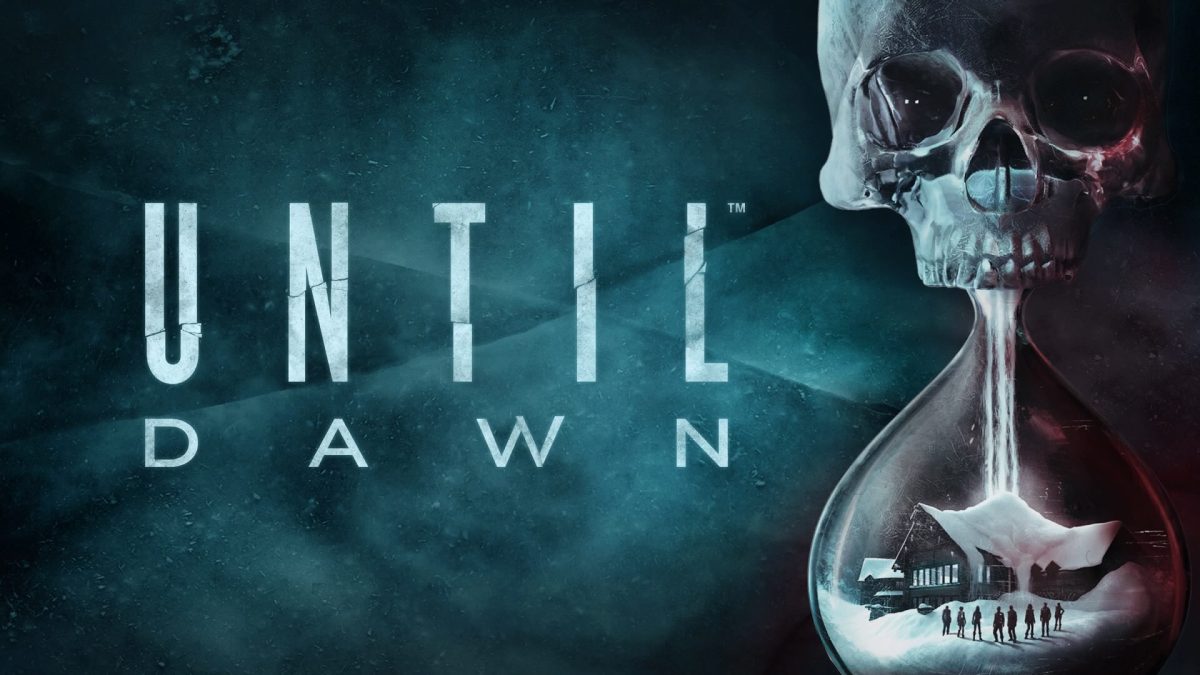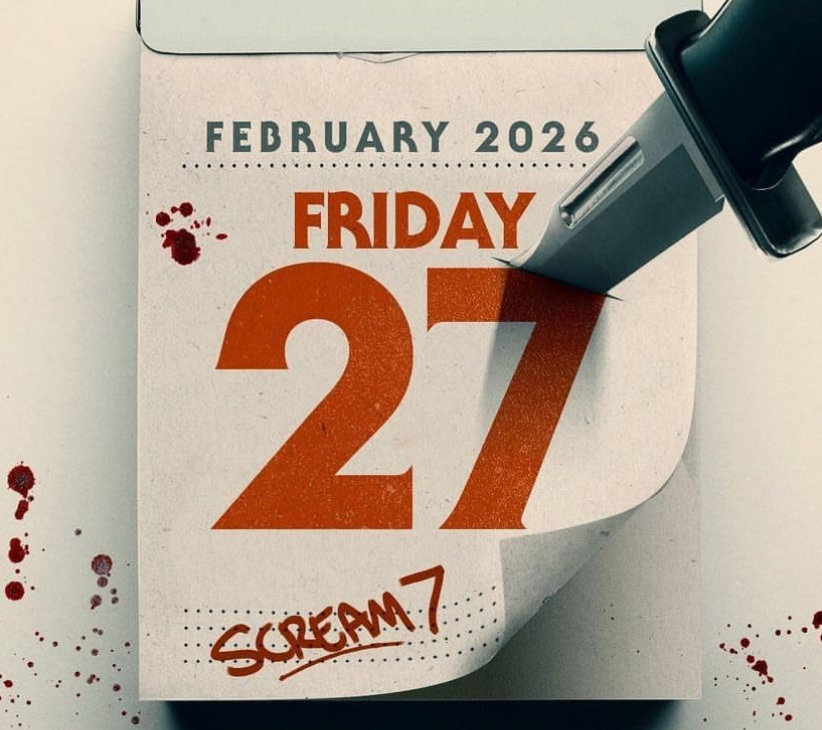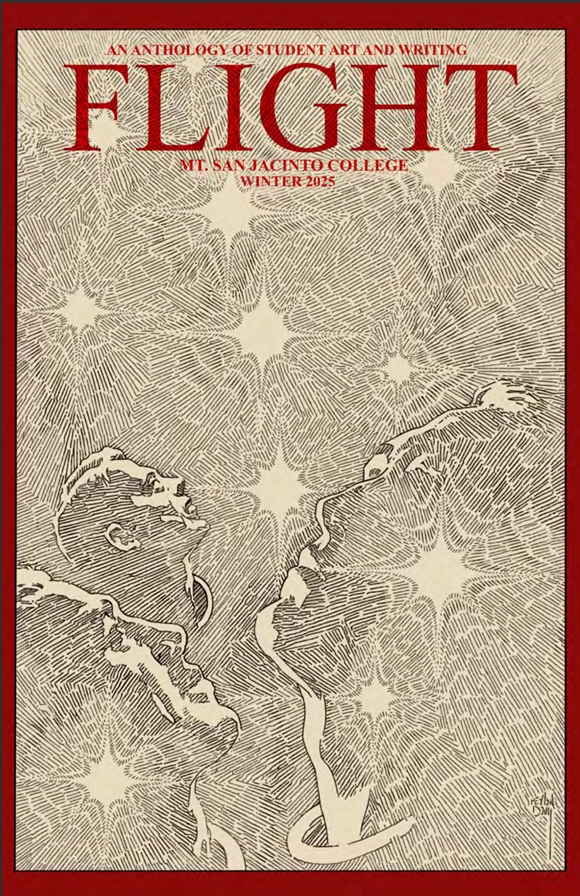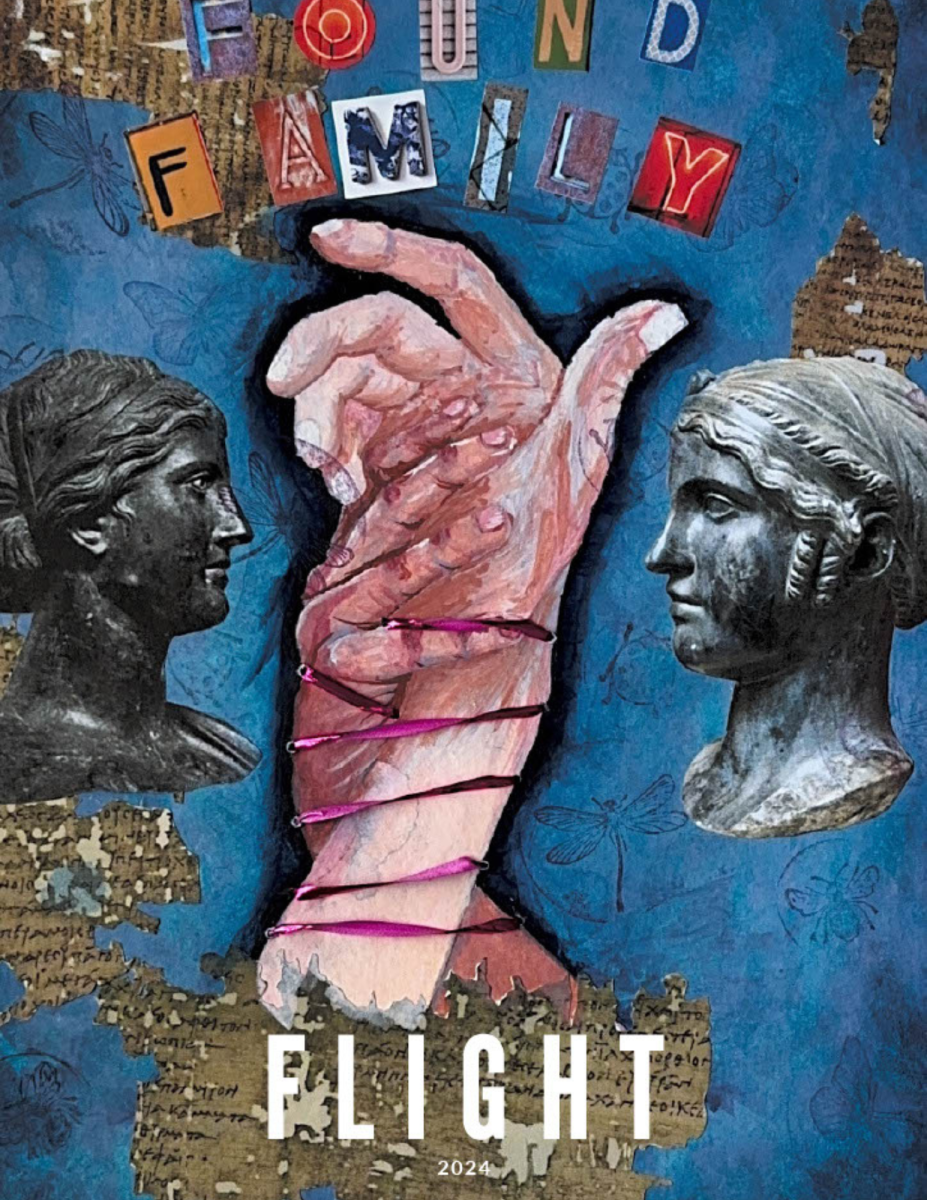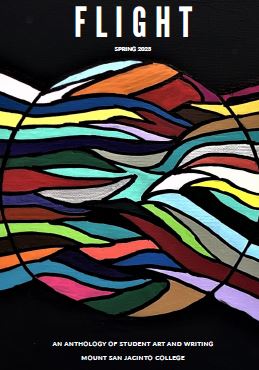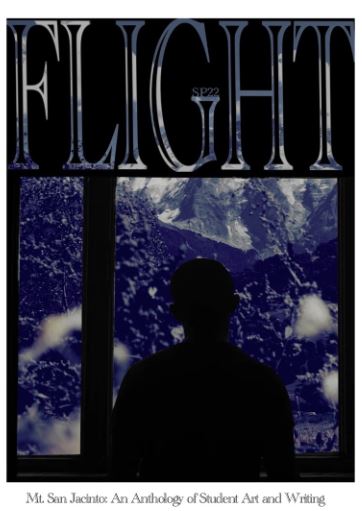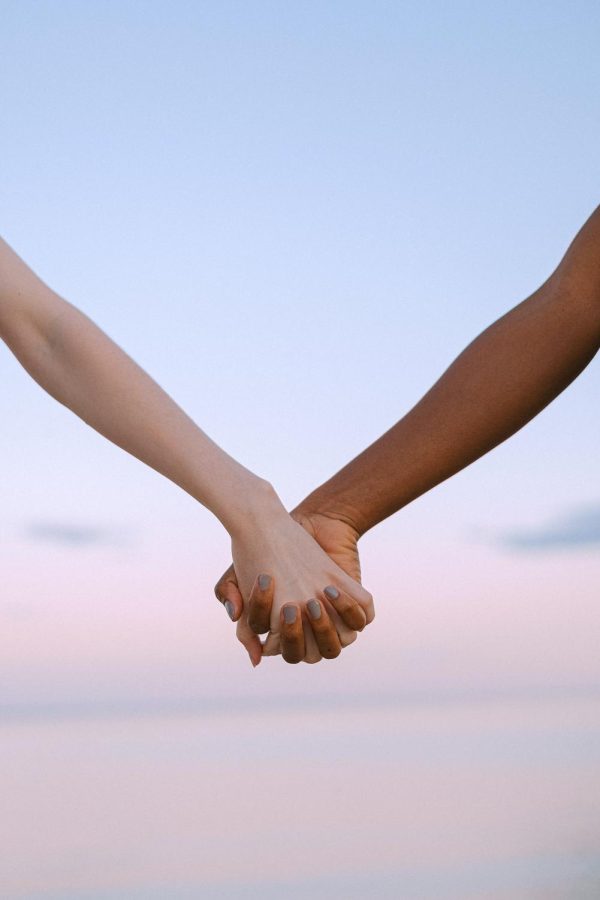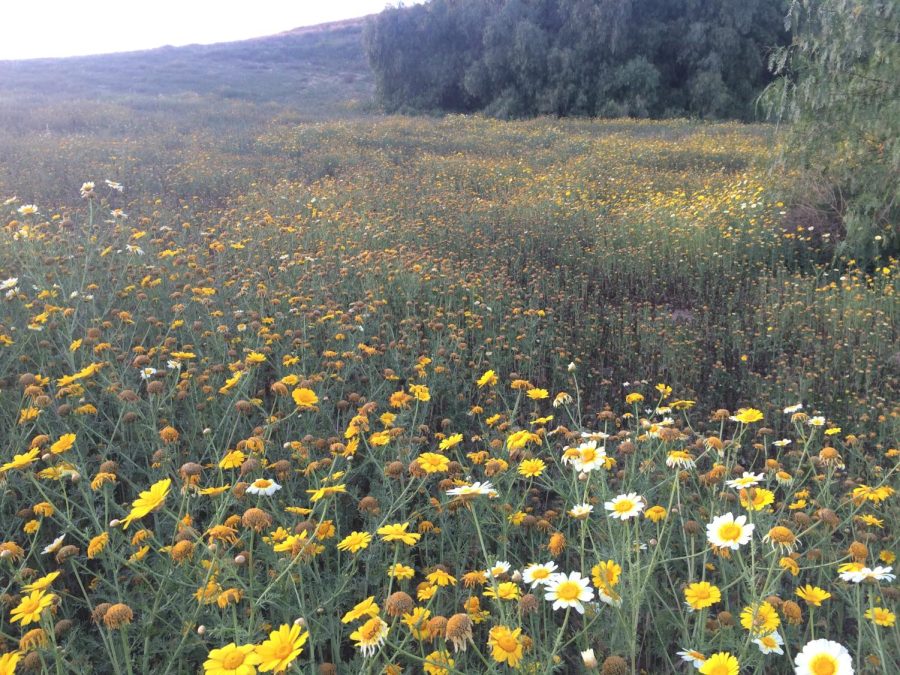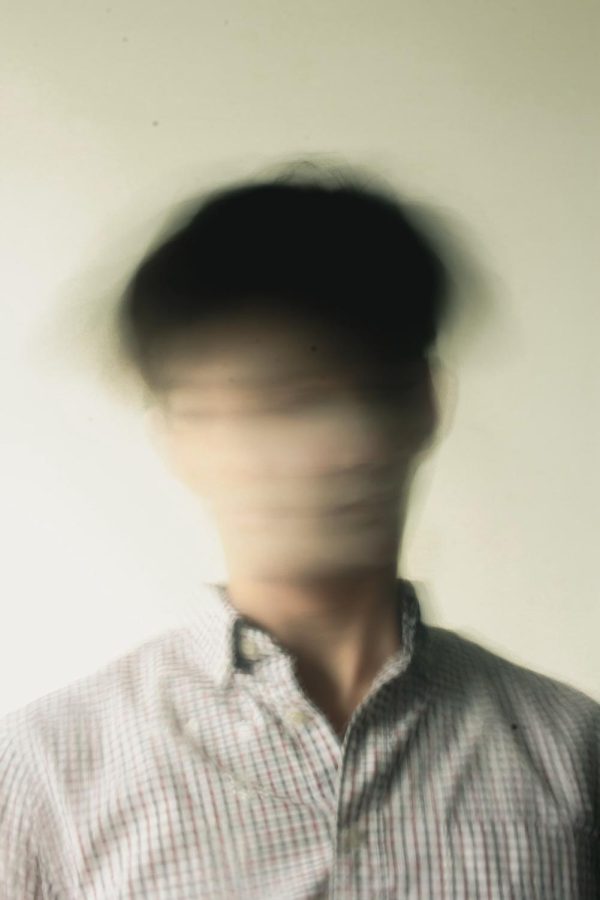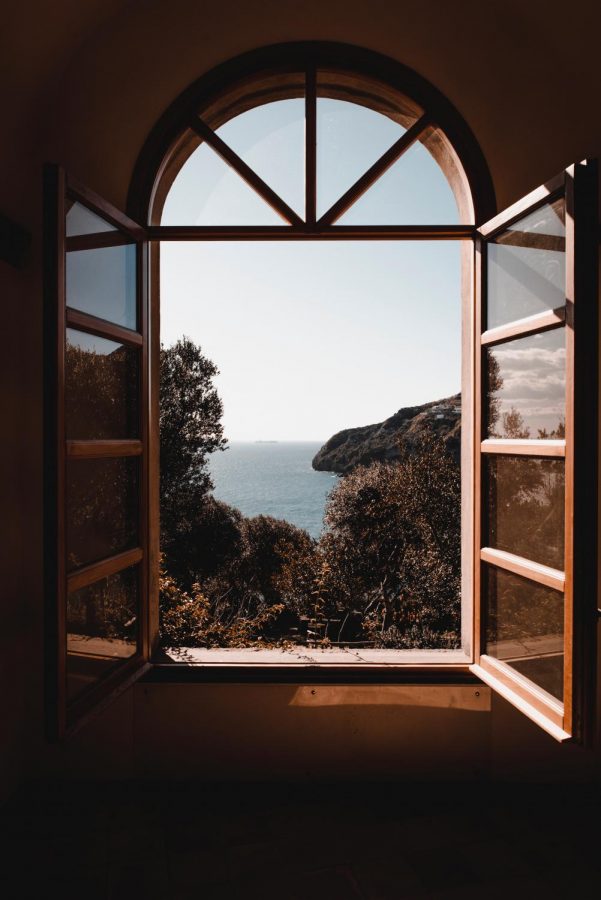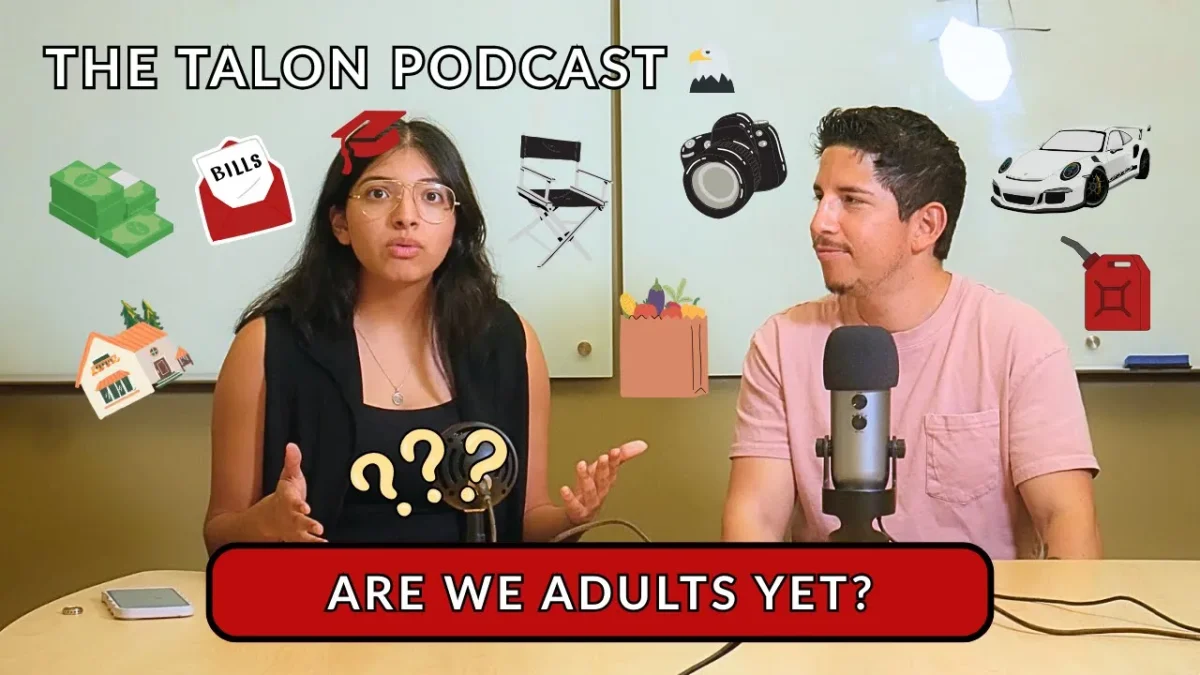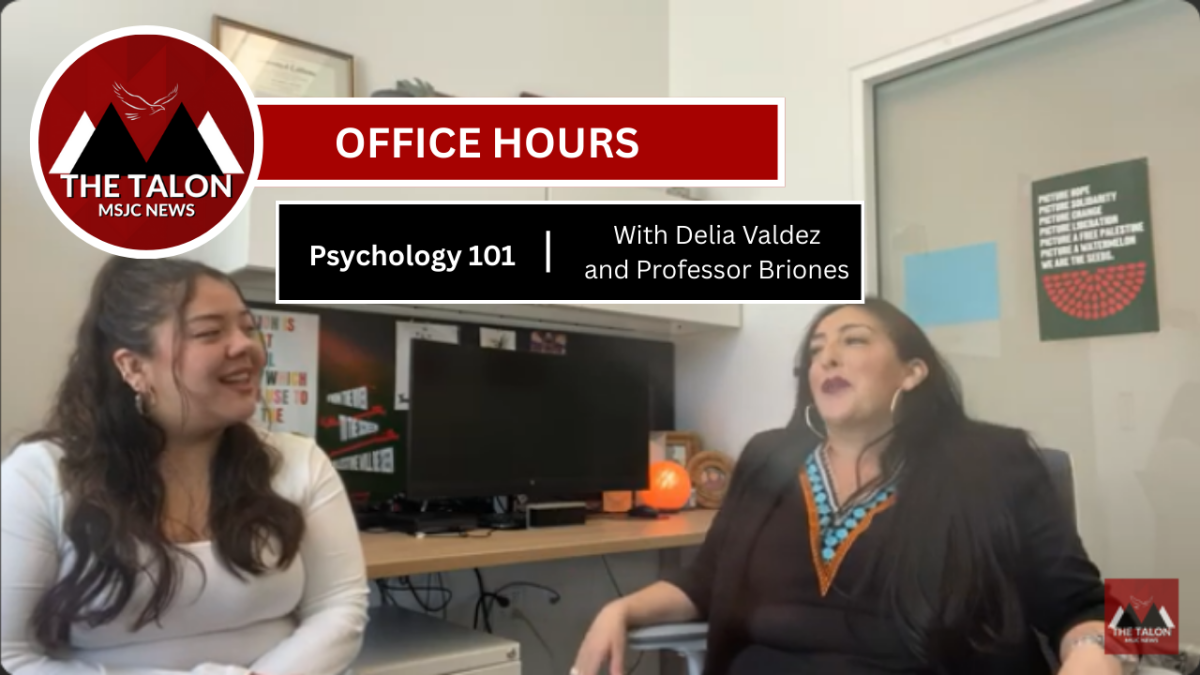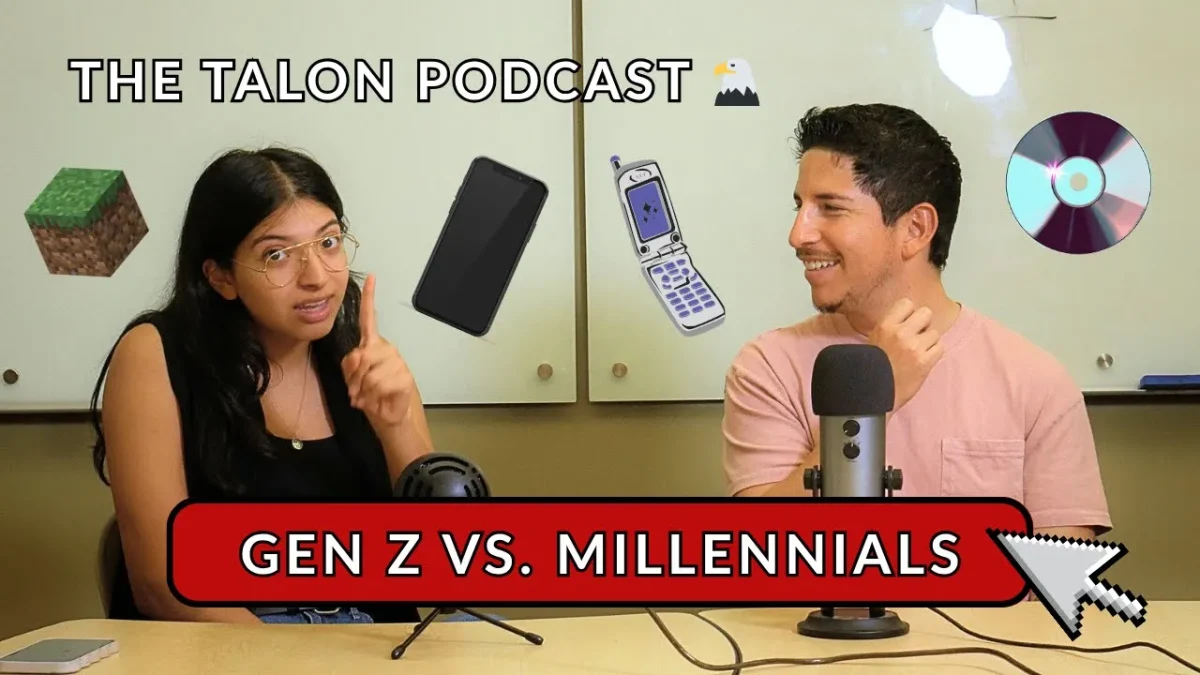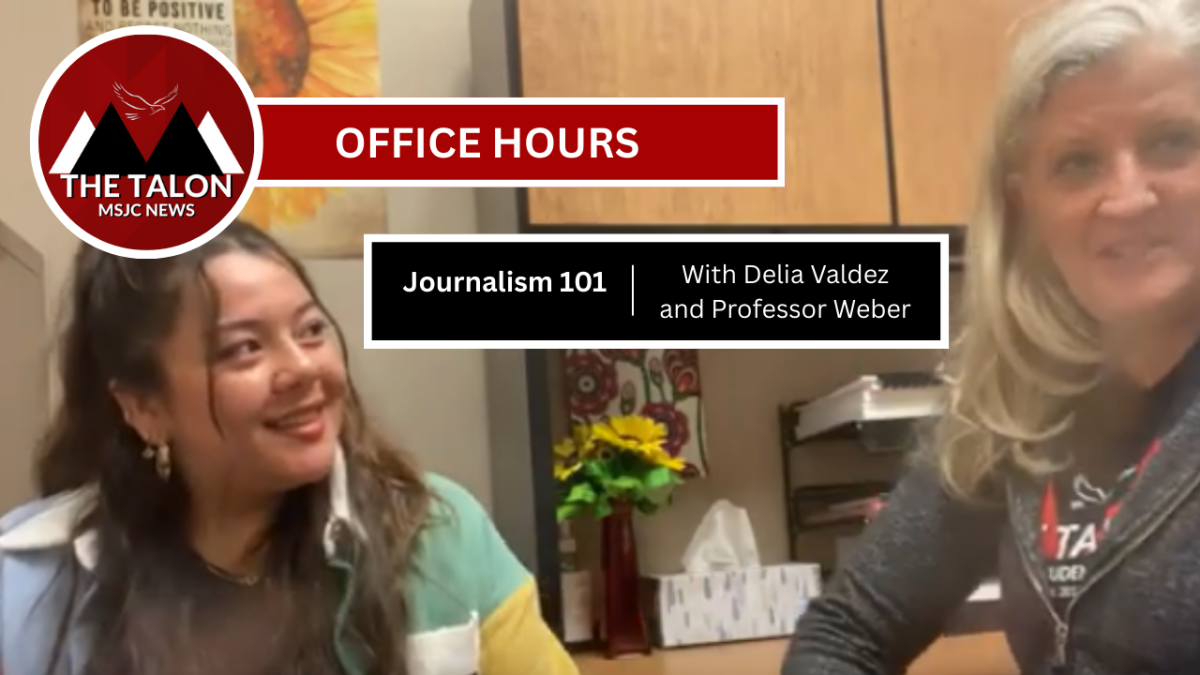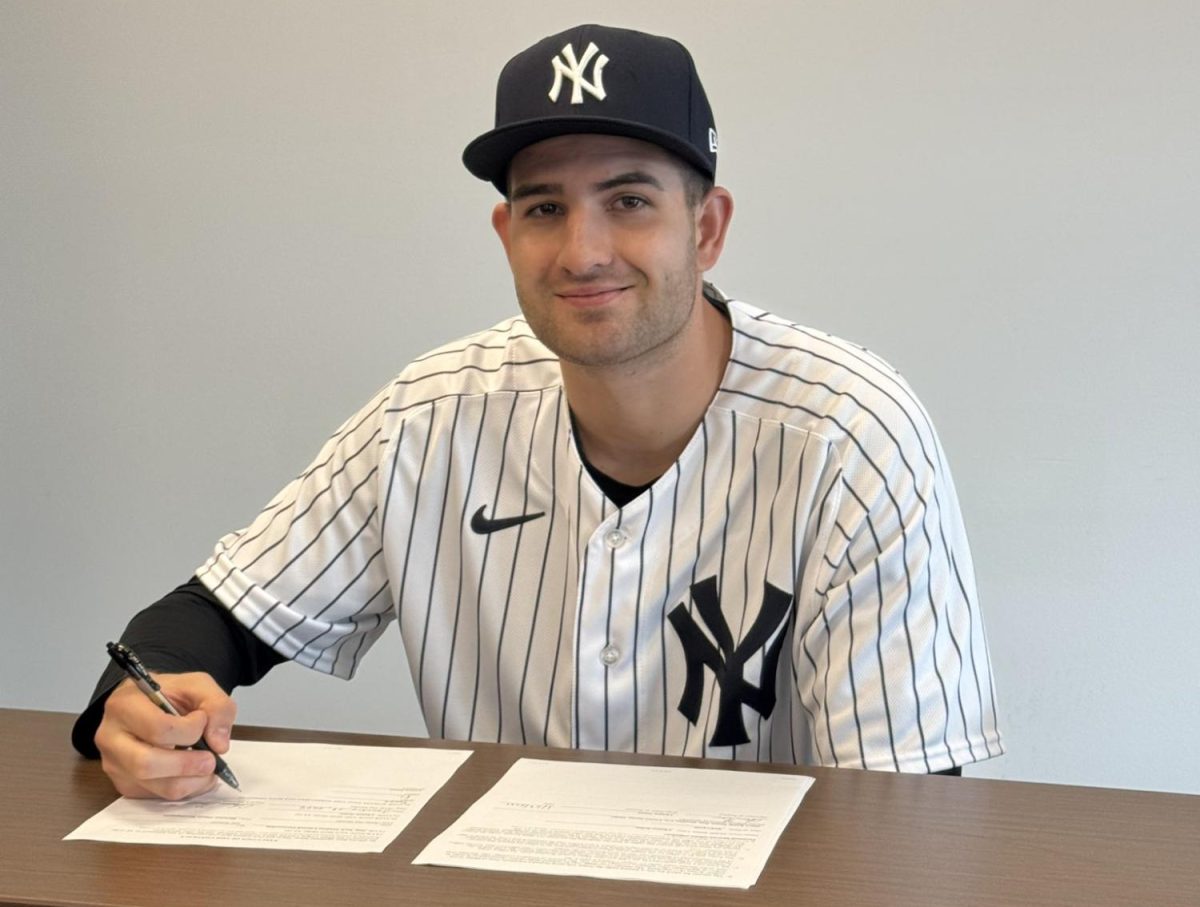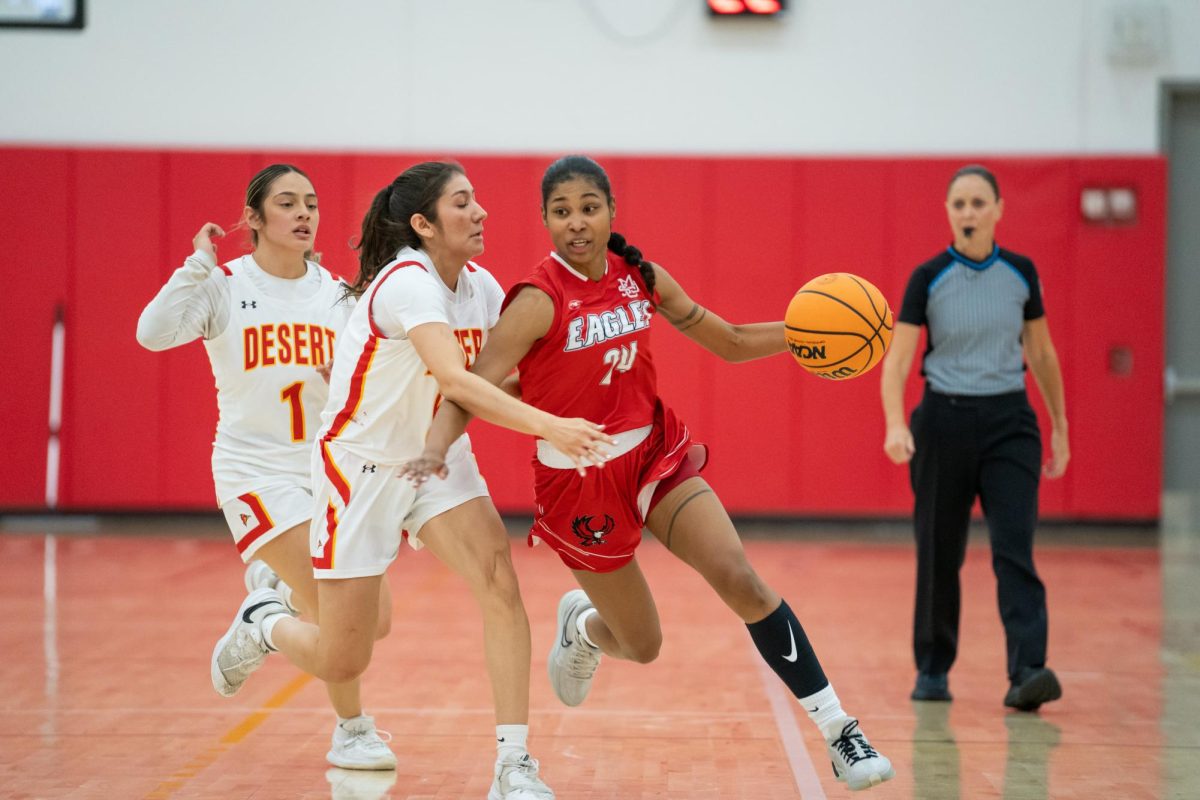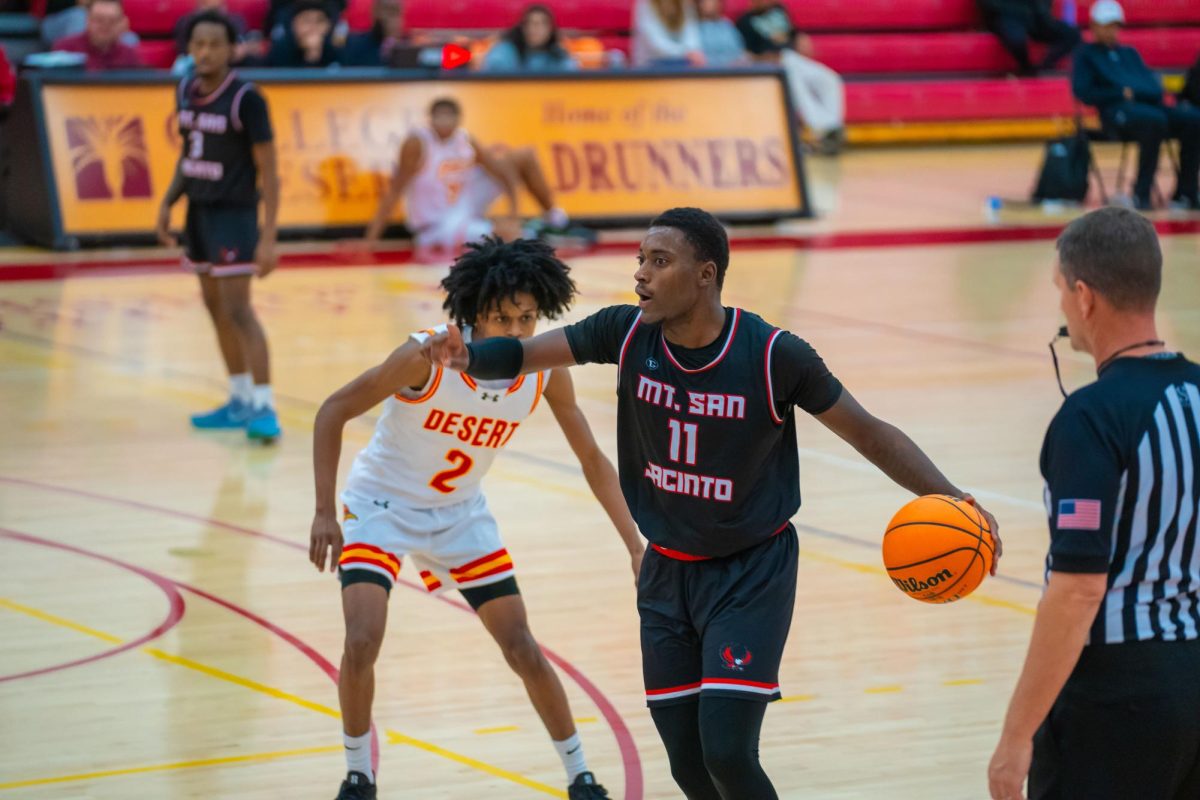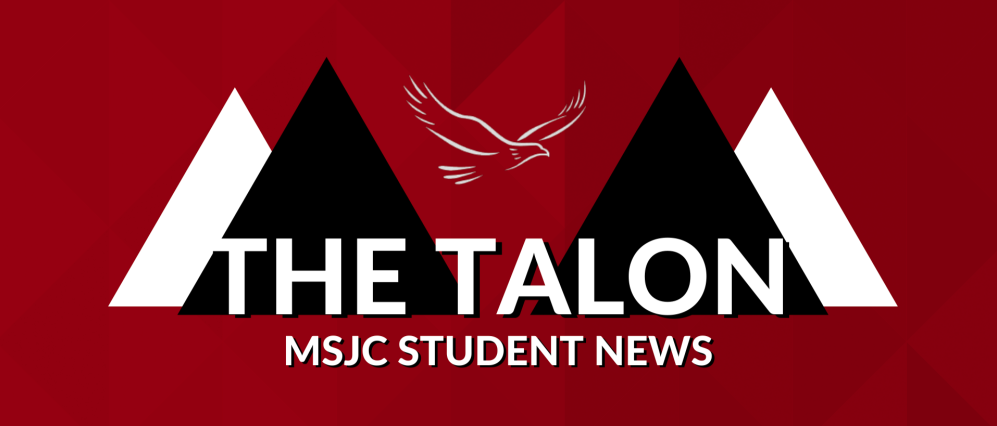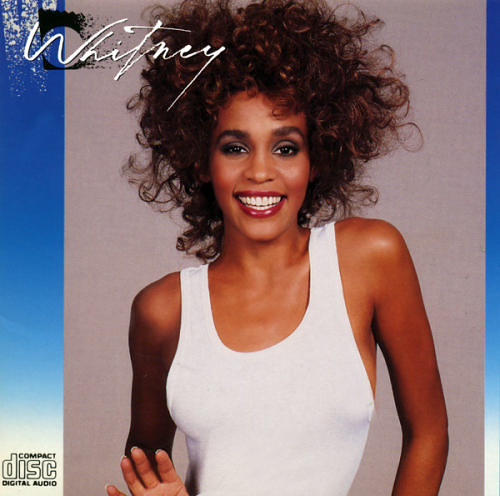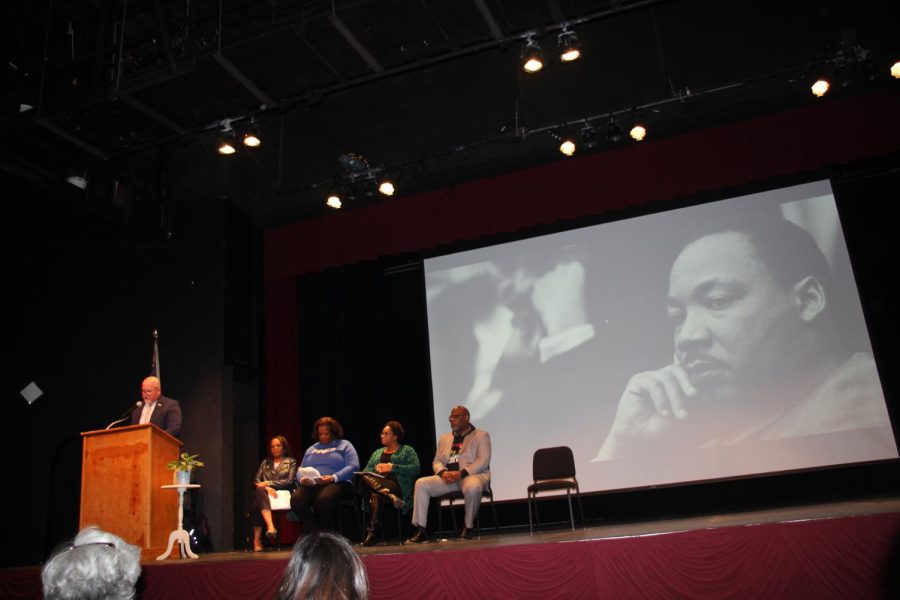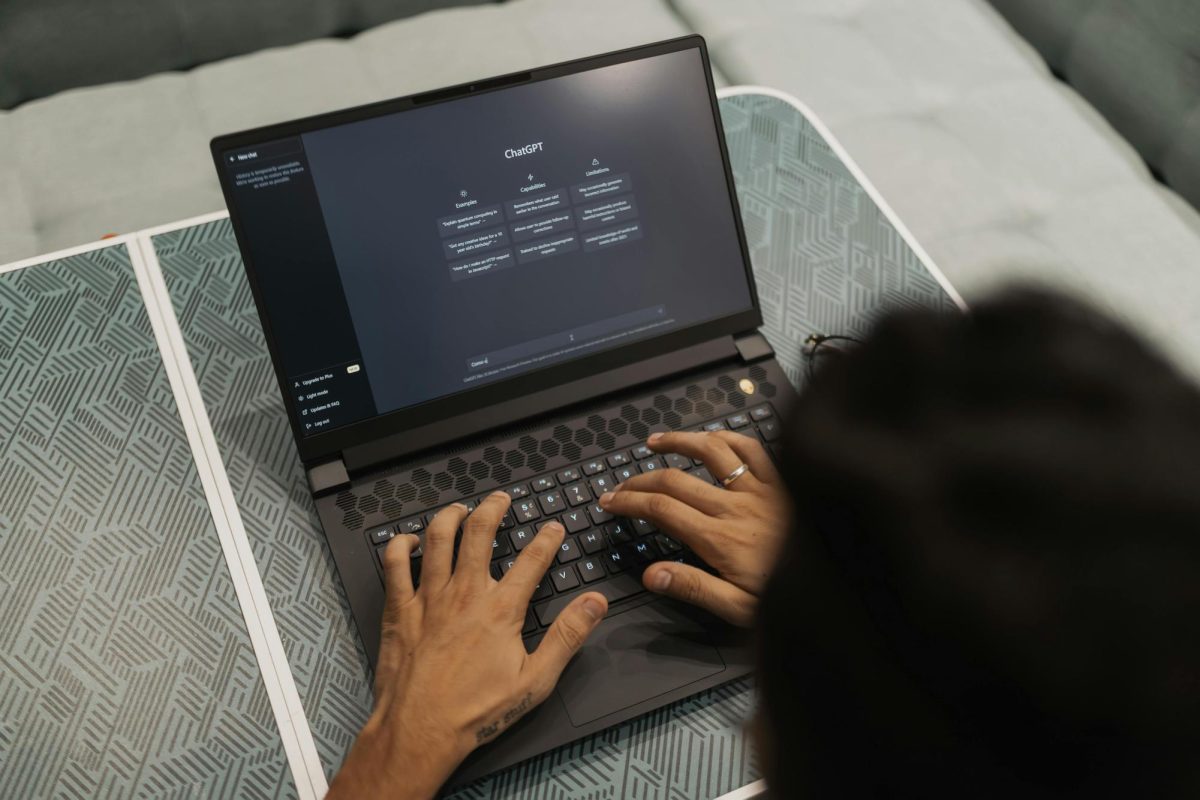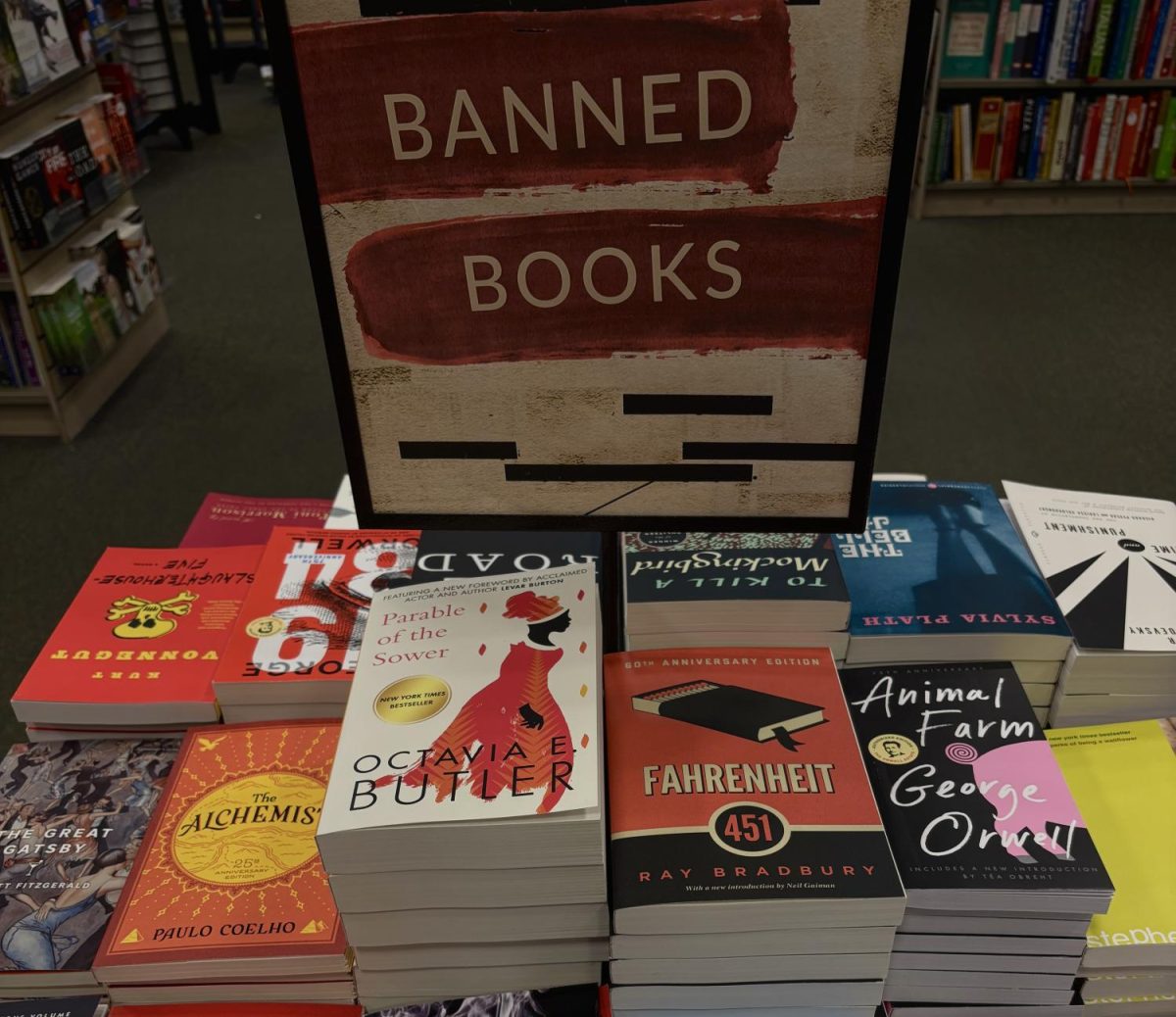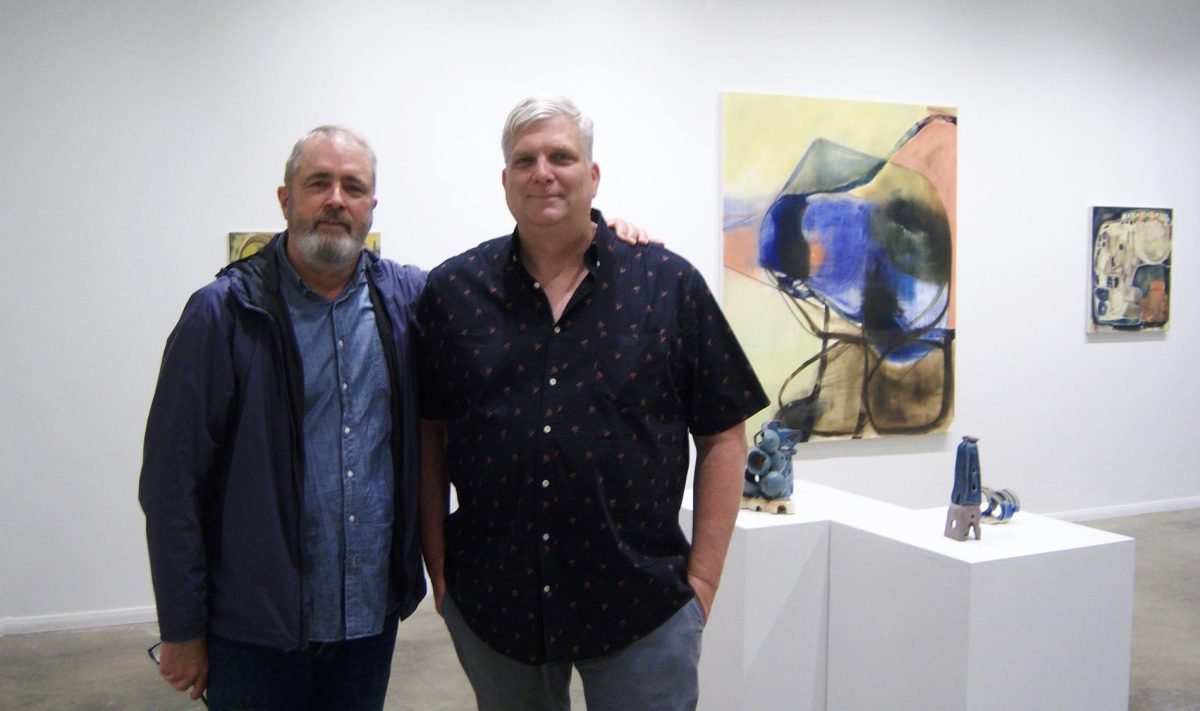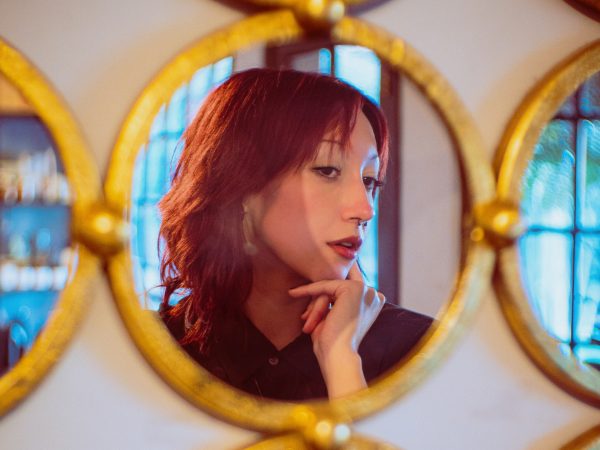As an extension of Black History Month, Mt. San Jacinto College libraries featured a variety of books that have been denounced and banned by school districts and local governments. These books highlight racial disparities and often discuss systemic racism in America. I had the pleasure of interviewing Dr. Marilyn Harvey, our MSJC dean who spearheaded this banned book tour.
Black History Month, Pride Month, Women’s History Month, and other celebrations deserve our recognition. Dr. Harvey adds, “It’s Important that we understand that through these celebrations, there’s a lot of pain, a lot of challenges, and a lot of work to be done.”
In the US, early book bans were spurred by religious leaders, deeming certain written works as ‘heresy.’ Later, there was censorship surrounding slavery and the Jim Crow era, with attempts to ban books that were not so sympathetic to the South’s cause.
In 2022, the American Library Association reported 1,269 attempts to ban library books—the highest number since they began compiling data more than 20 years ago and double that of 2021. Of those books, the ALA discovered that “the vast majority were written by or about members of the LGBTQIA+ community and people of color.”
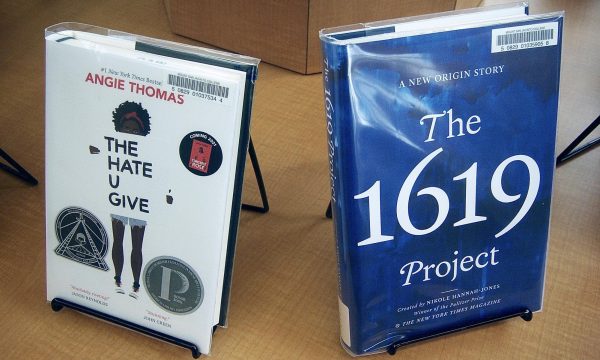
Books repeatedly targeted include Toni Morrison’s The Bluest Eye, Maya Angelou’s I Know Why the Caged Bird Sings, and Alice Walker’s The Color Purple. As Dr. Harvey remarks, “These are all classics, not just for me, but for American literature.” When Nobel-prize-winning, revolutionary works are being concealed from students, we must consider why that is.
Literary censorship is ultimately an instrument for control, and schools are the primary battleground. Considering America’s history with book bans and how the demographic of its targets has changed over time, we can determine certain aspects of the current political climate and social issues that are being stifled. As students, it is imperative to familiarize ourselves with such matters. This directly affects and even limits our education, whether we recognize it or not.
Dr. Harvey further explains that “racism is painful for everybody, some people may not realize. It hinders this country. If everyone actually has true opportunity, then there’s growth, benefit, and beauty for the entire country, not just for a select group.” There is a multitude of research that supports Dr. Harvey’s sentiments.
In 2021, a Columbia University study found a prominent racial disparity in mainstream children’s literature. Children with lighter skin see themselves represented significantly more than their peers with darker skin.
Researchers emphasize that “inequality in representation constitutes an explicit statement of inequality of value.”
An extensive 2004 study by The Association for Psychological Science revealed that diverse classrooms in higher learning benefit all students. When students are introduced to those different from themselves, there is improvement in “cognitive skills, including critical thinking and problem-solving.” Further, when students reported having more racially diverse friends, researchers found this creates “more open minds and engaging classroom conversations” and reduces “implicit, subconscious biases.”
To make real strides in racial equality, students must not allow local governments and school boards to enact their political agendas upon us. Books can undoubtedly open a window to a world you’re completely unfamiliar with, and each of these banned books confronts pressing social issues that should demand our attention.
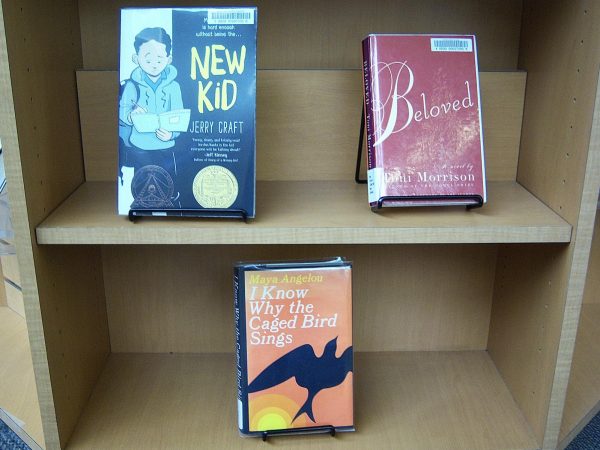
Please seek out and read these suppressed works of literature to improve your educational experience and expand your worldview. Read ‘The 1619 Project’ by Nikole Hannah-Jones, a monumental expansion of a work of journalism detailing the legacy of slavery and the many ways it still ravages our country today. Read ‘The Hate U Give’ to explore the life of a sixteen-year-old girl who witnesses police brutality and learns the importance of activism. Read ‘Caste’ by Isabel Wilkerson to learn about the intersection of racism and casteism- how racism upholds a lasting hierarchy in America.
As Dr. Harvey says, this banned book tour “is about reaching those who are the most hurt, or the most marginalized historically. And if you make a difference there, it will make a difference for all students.”
